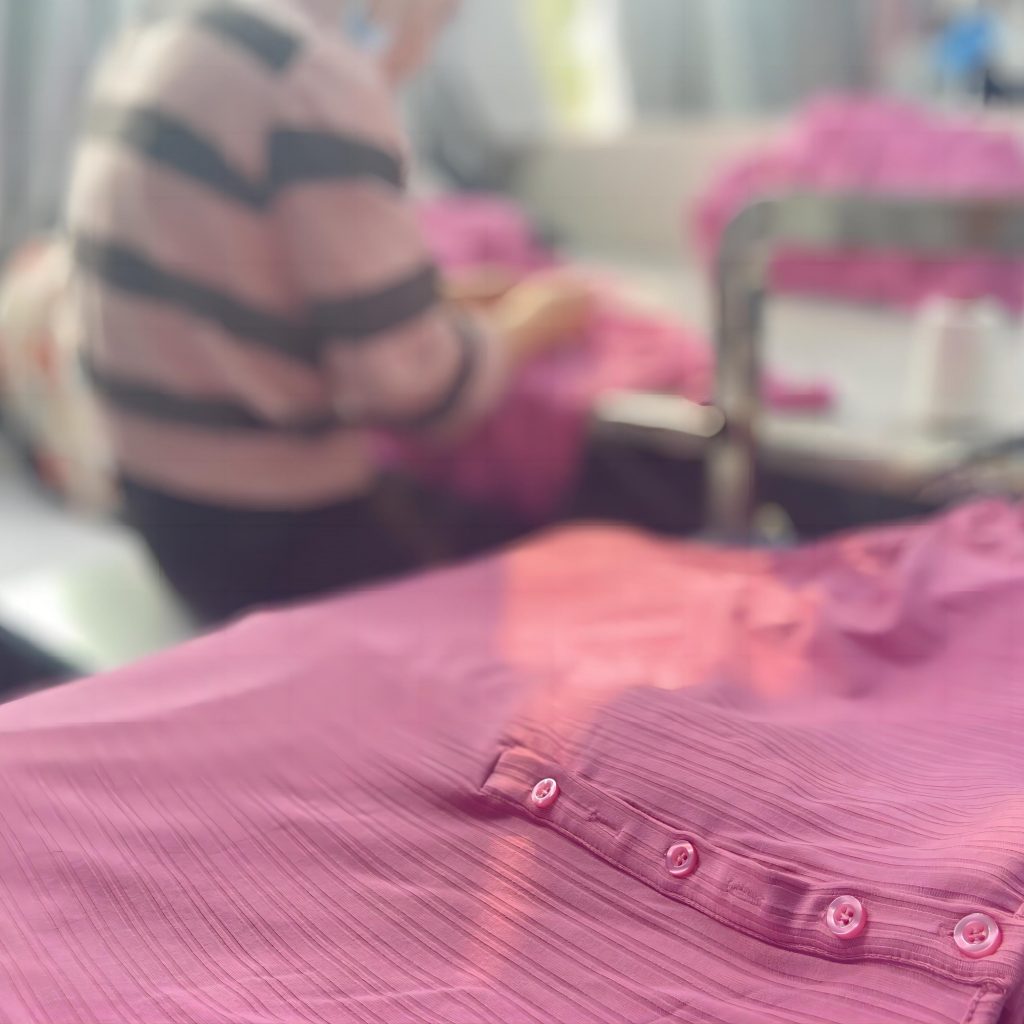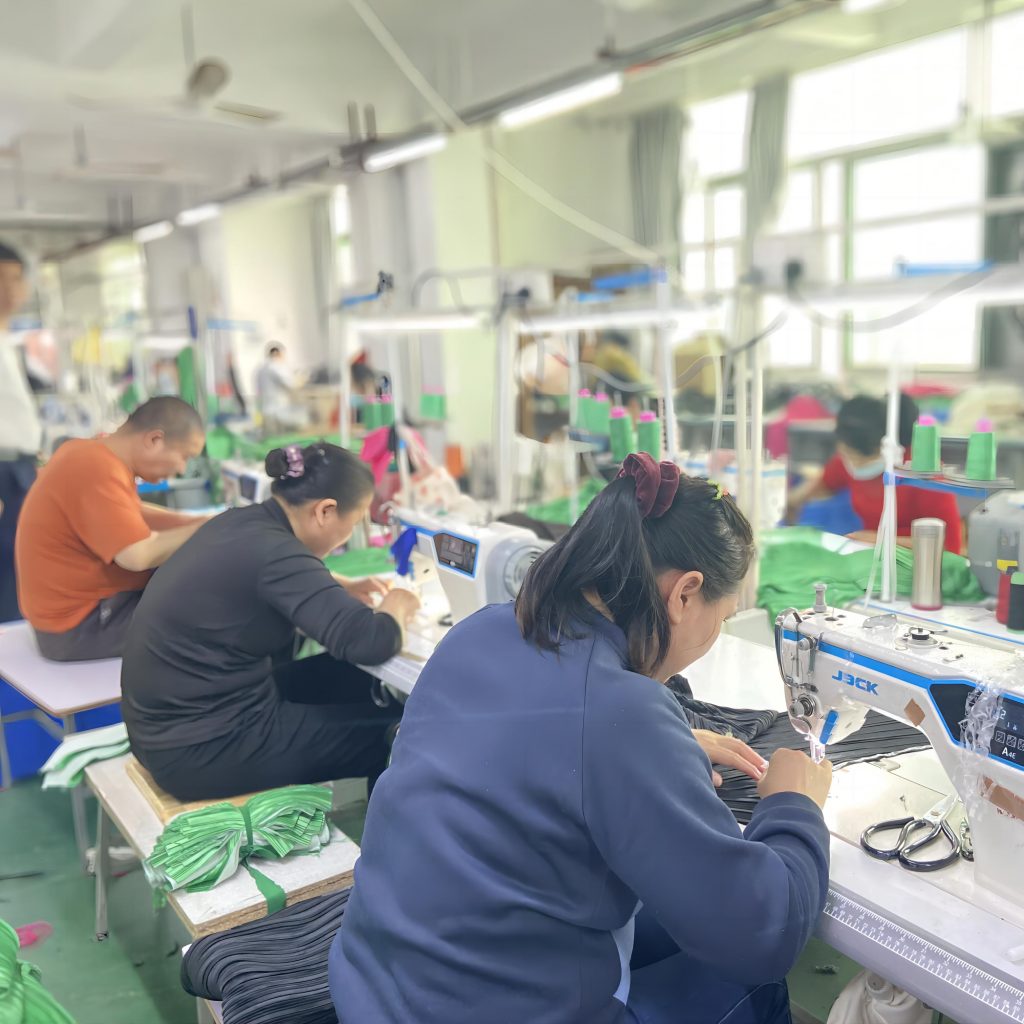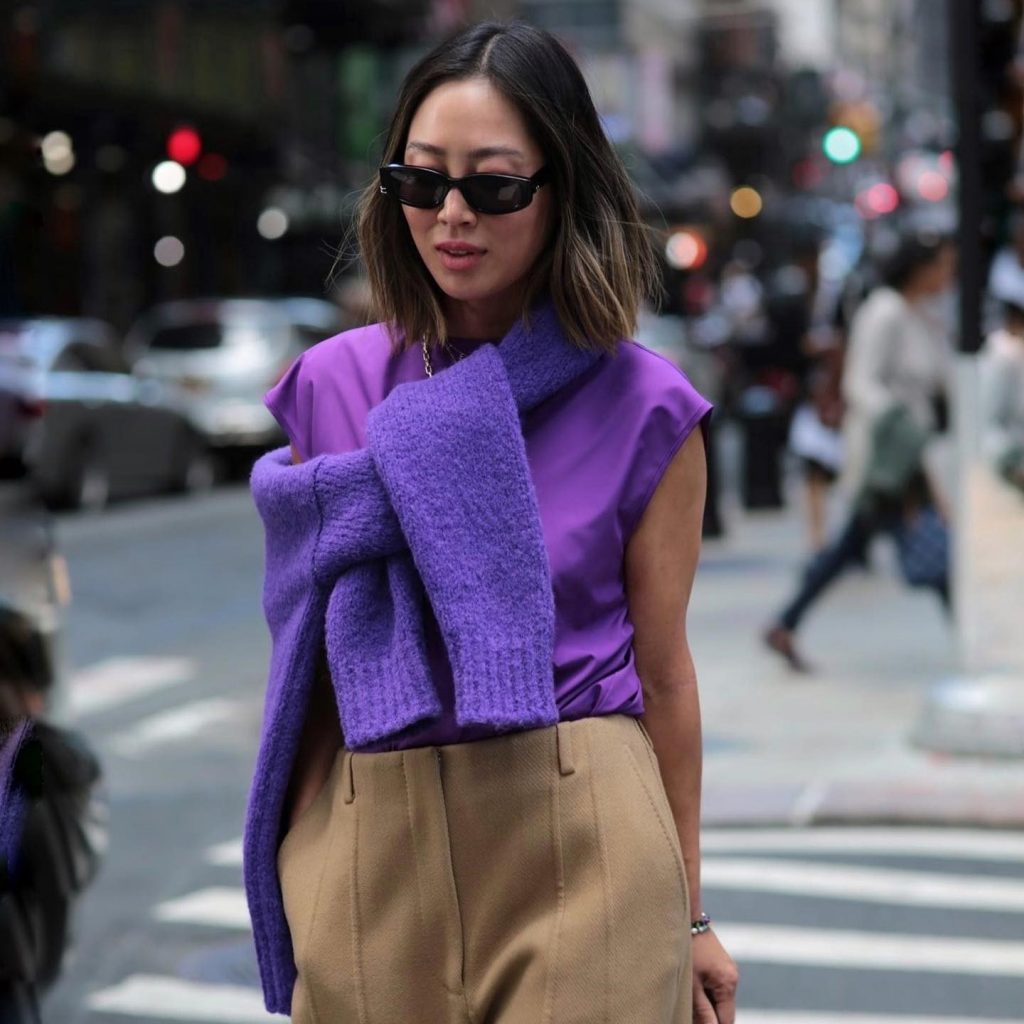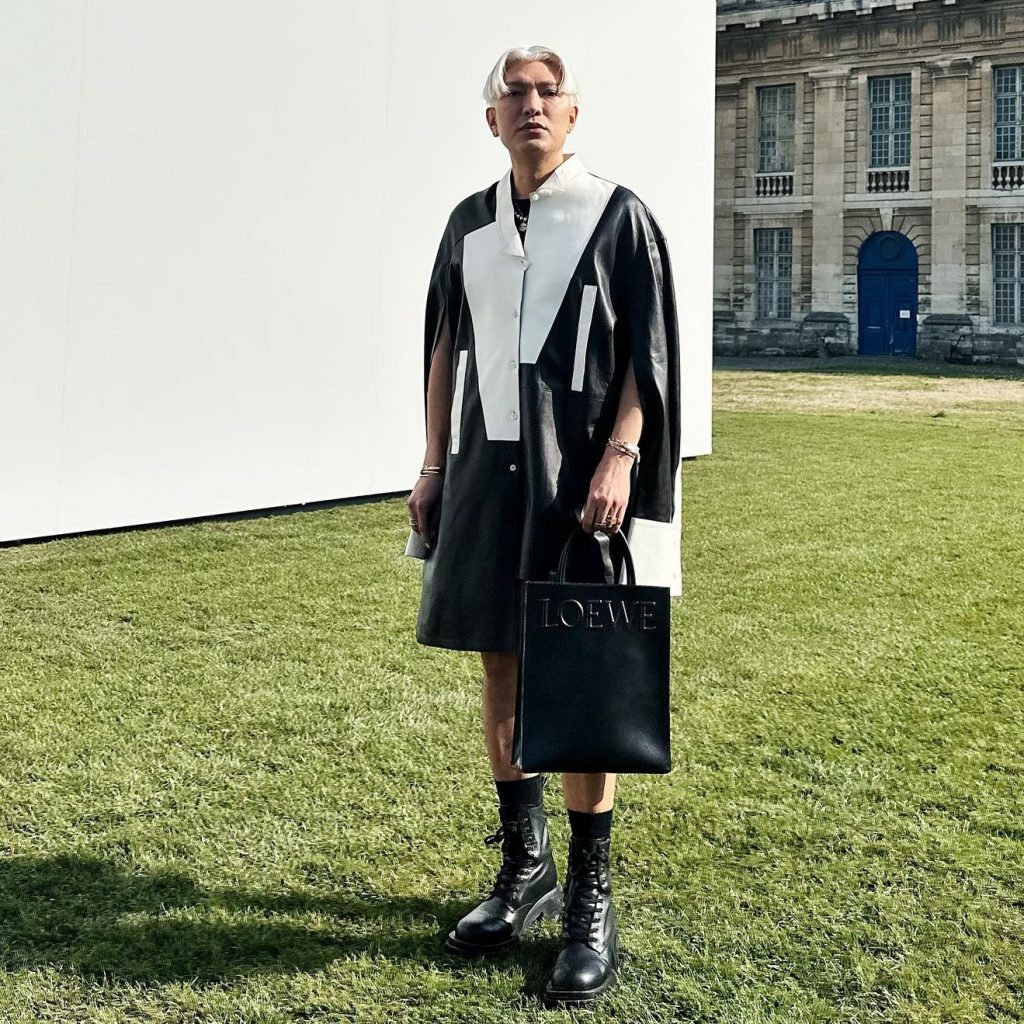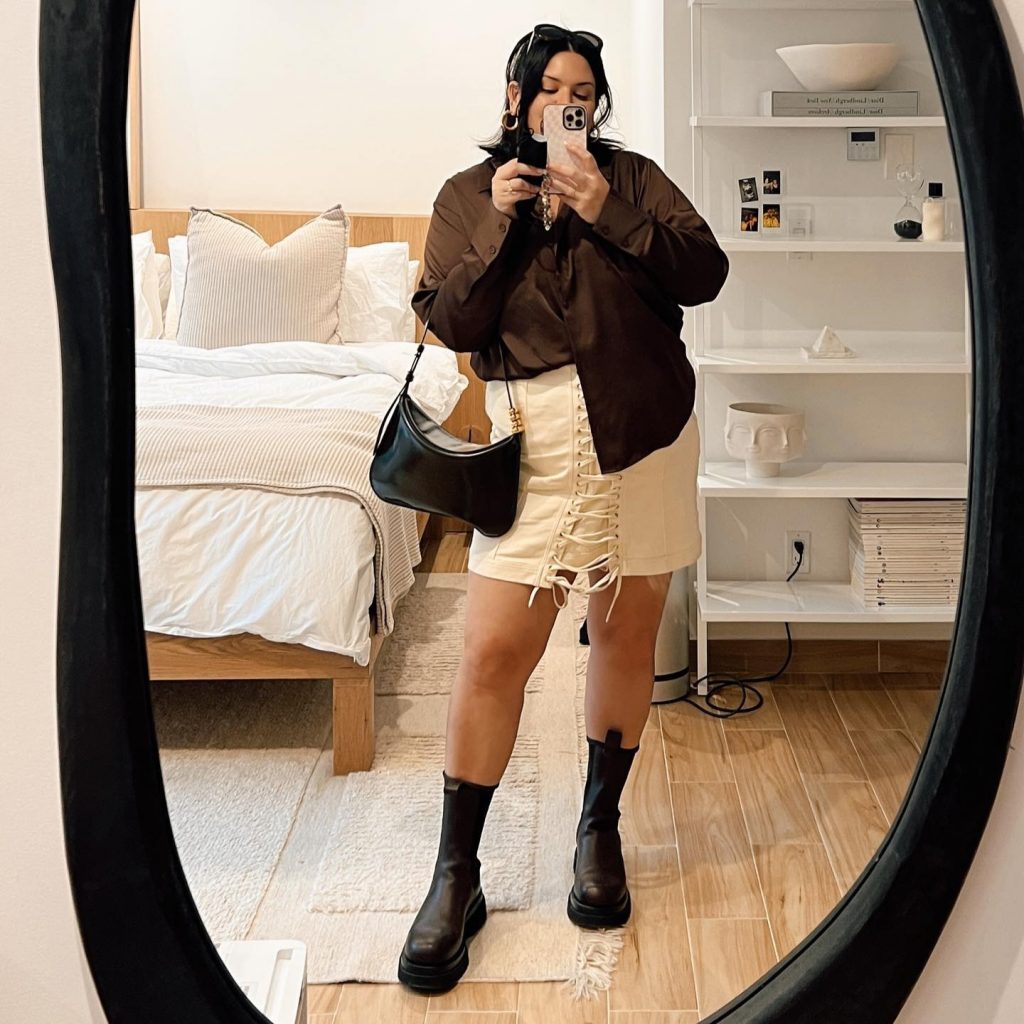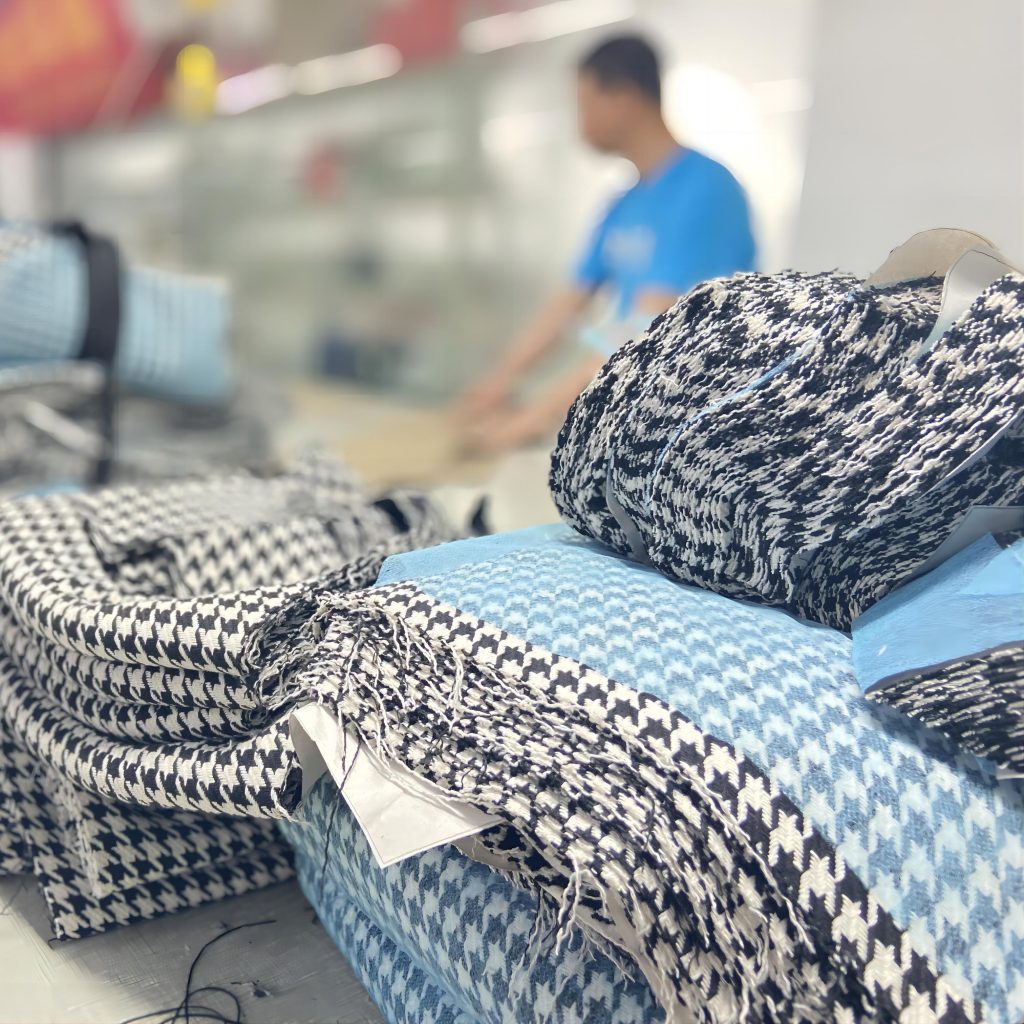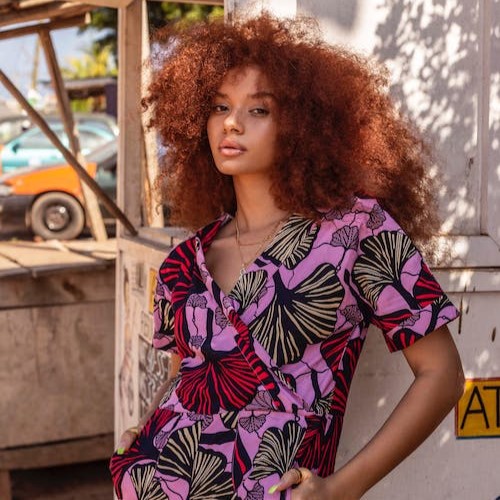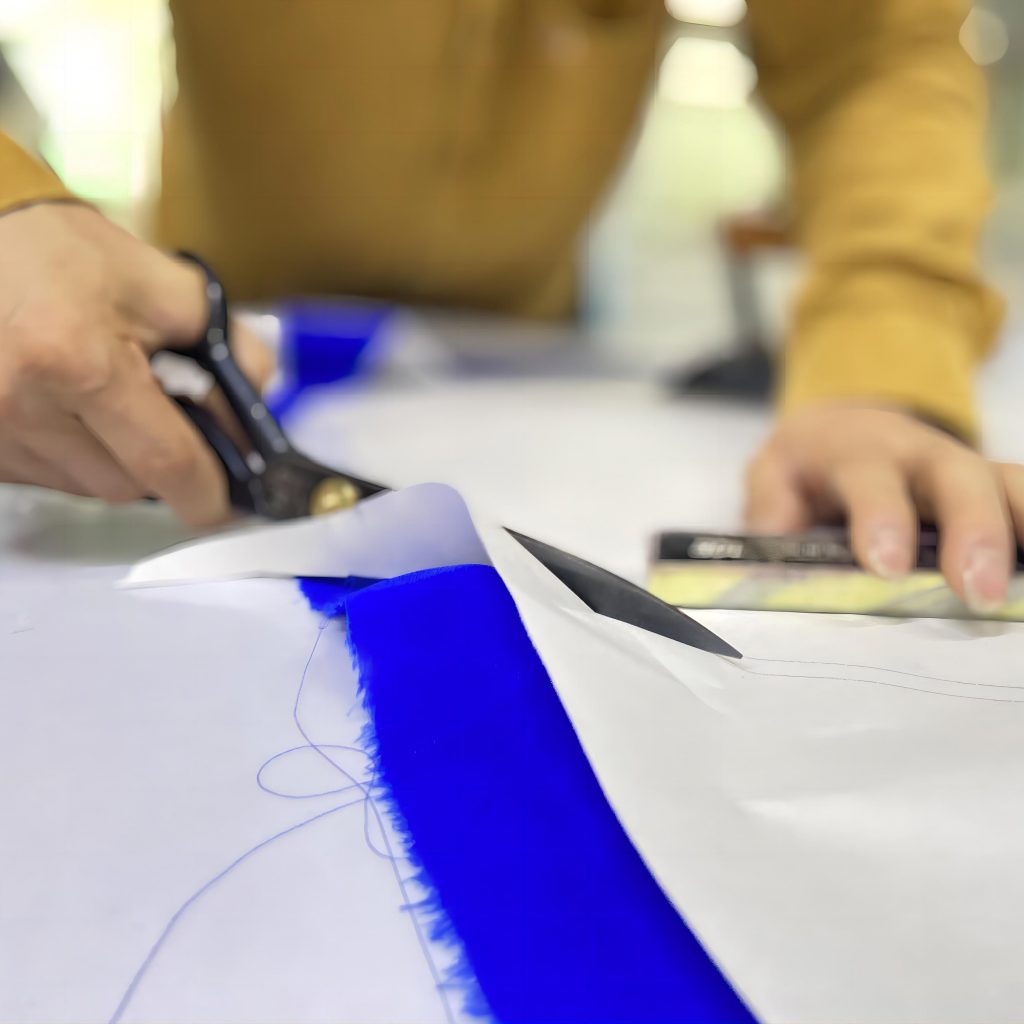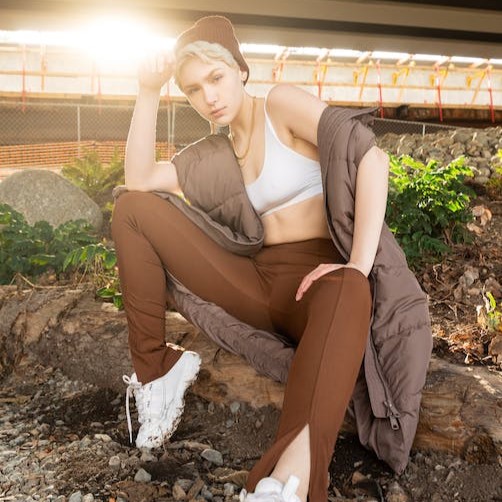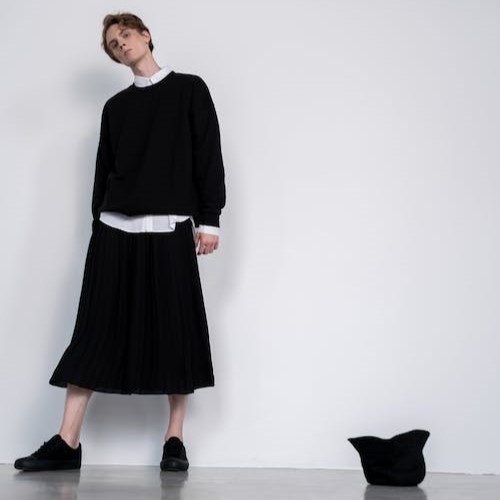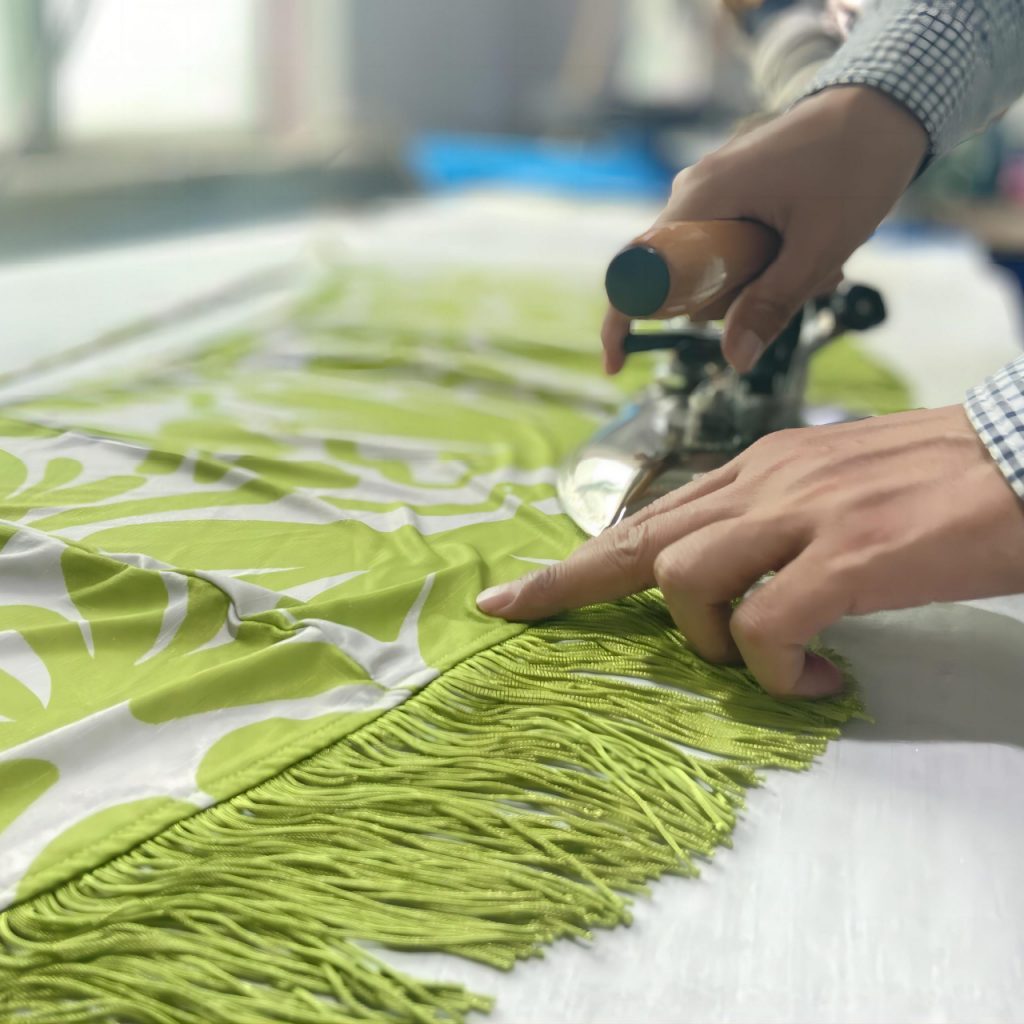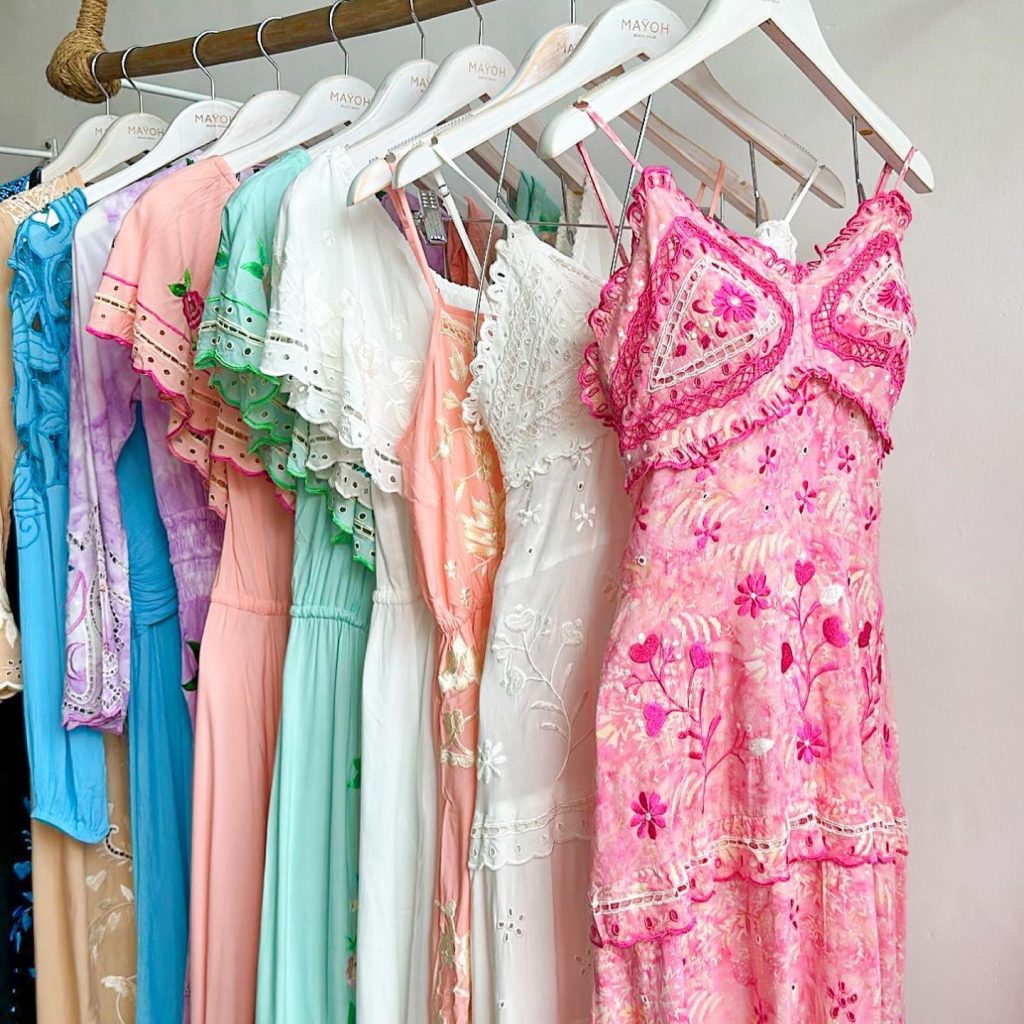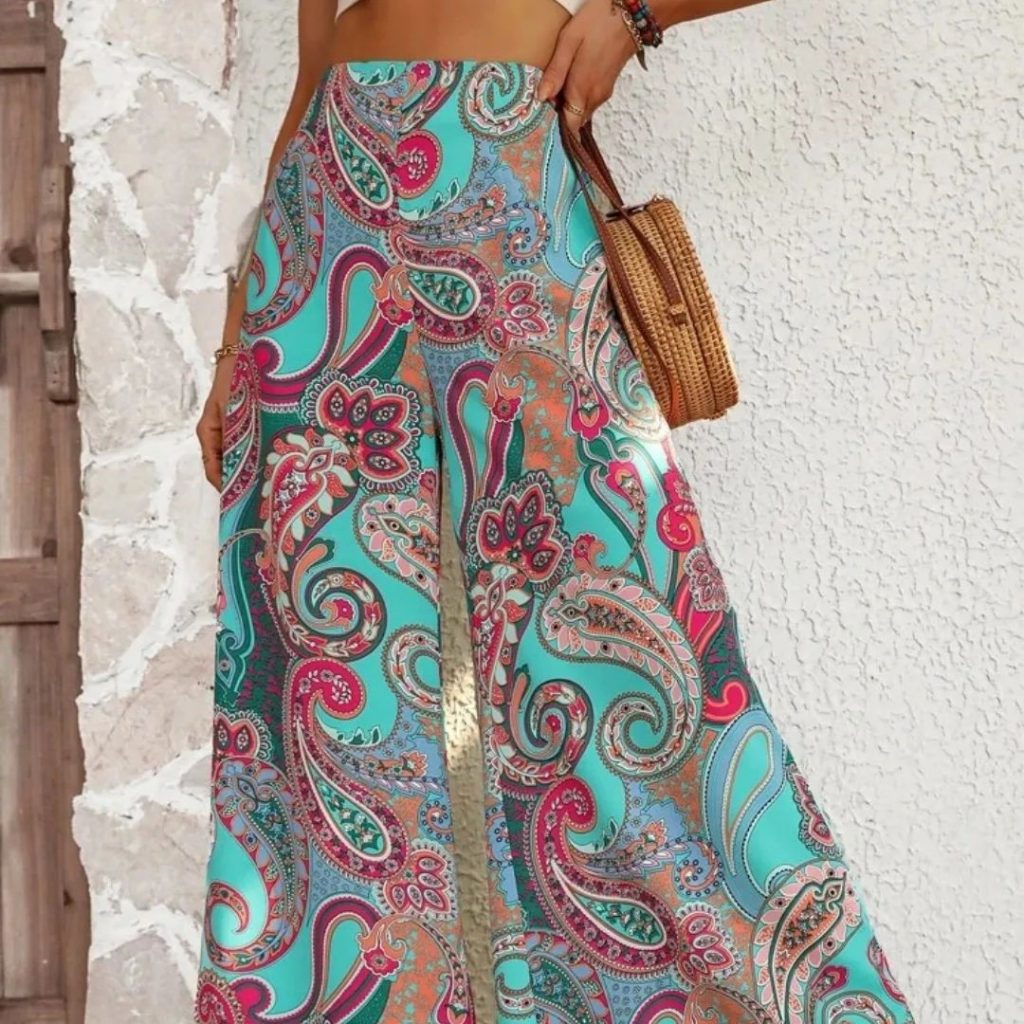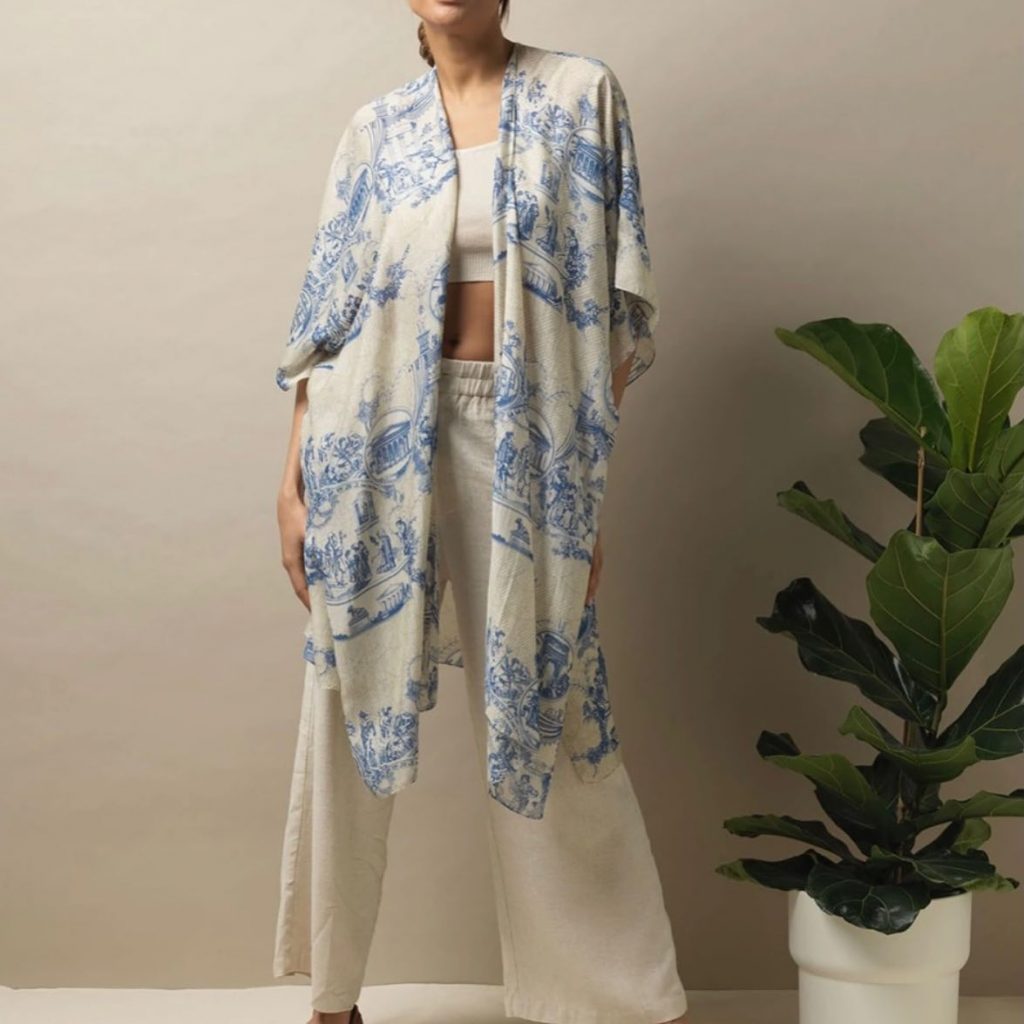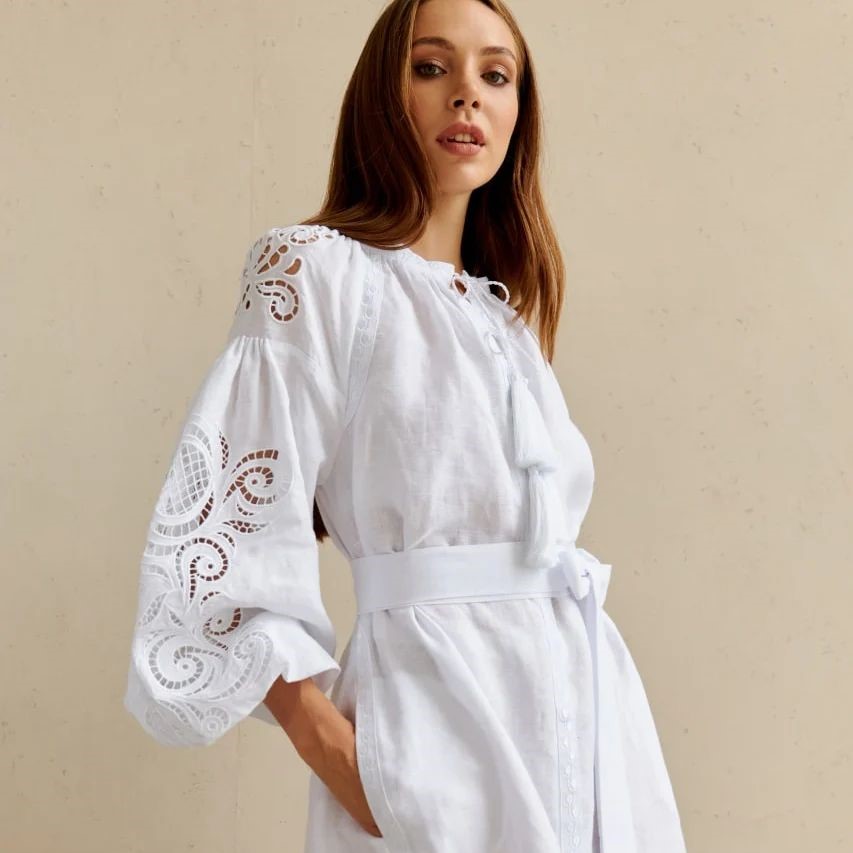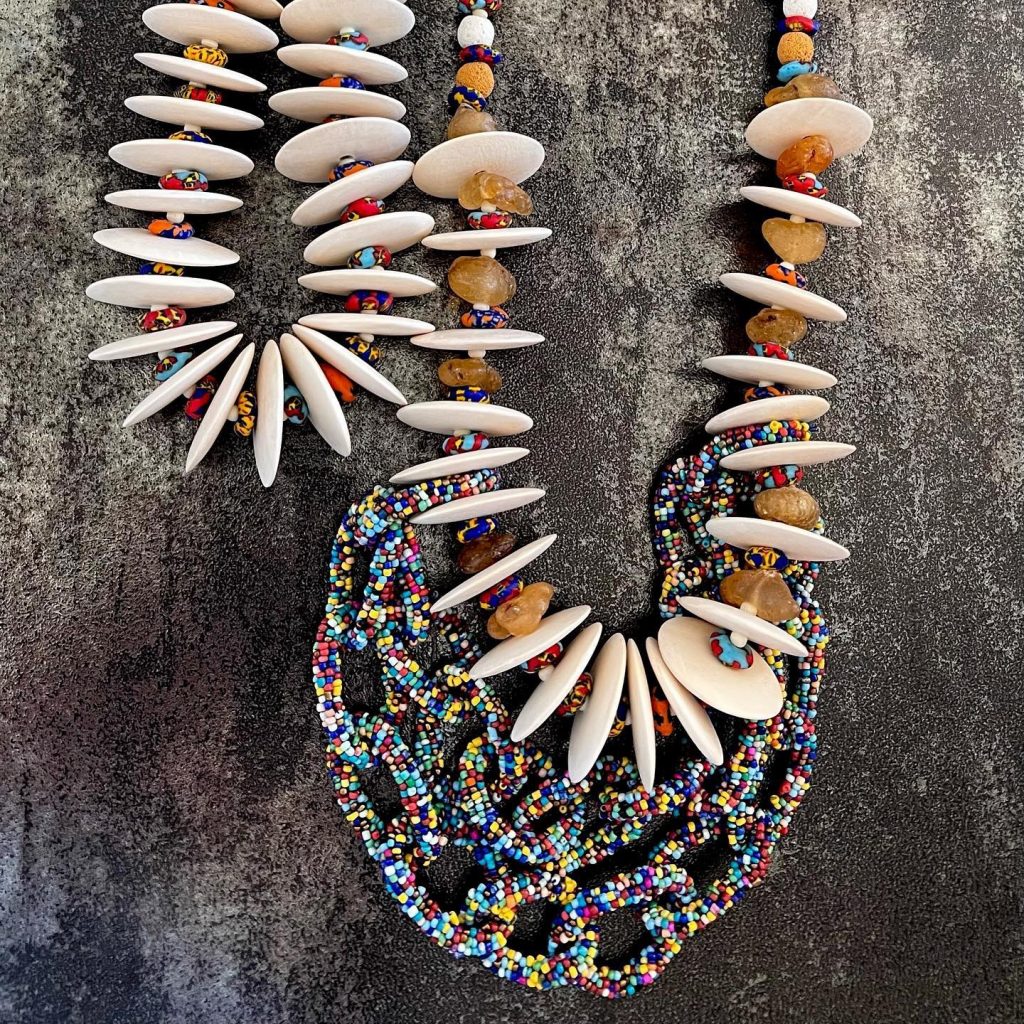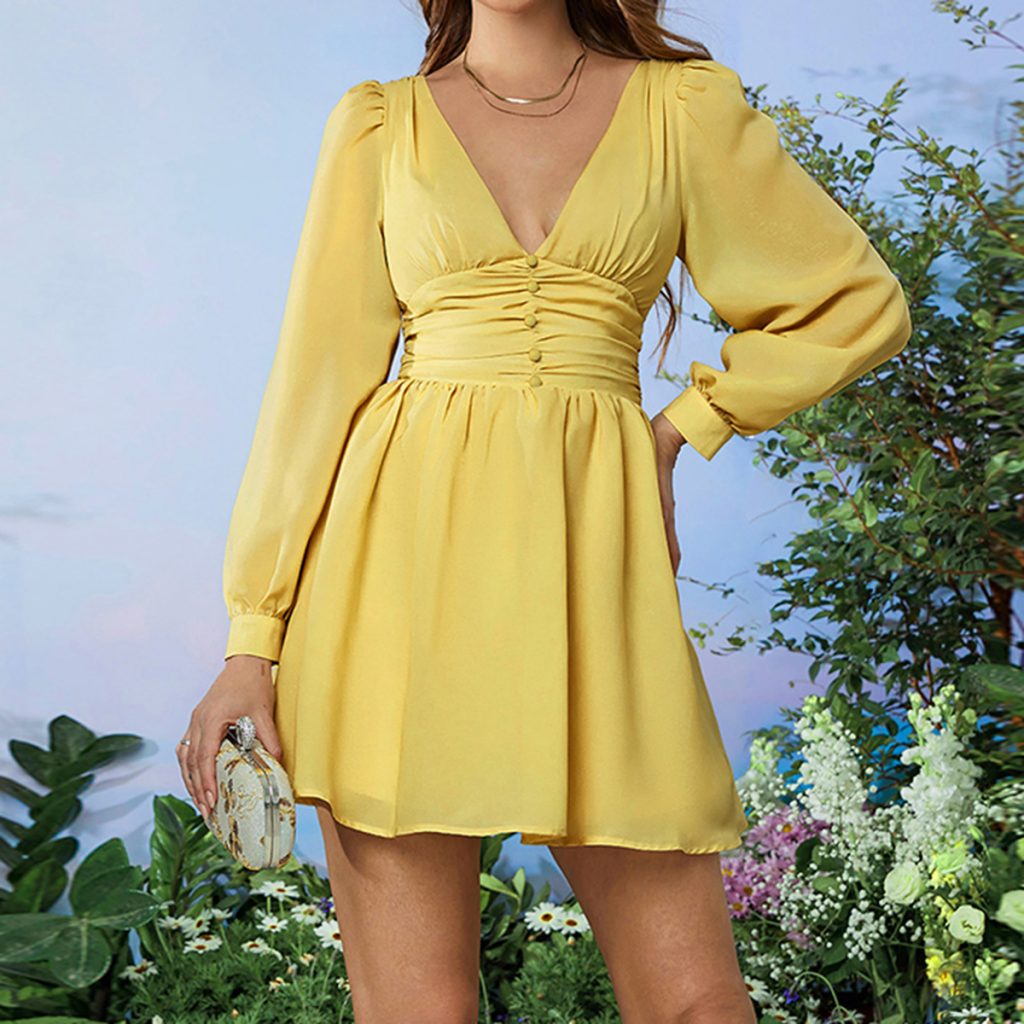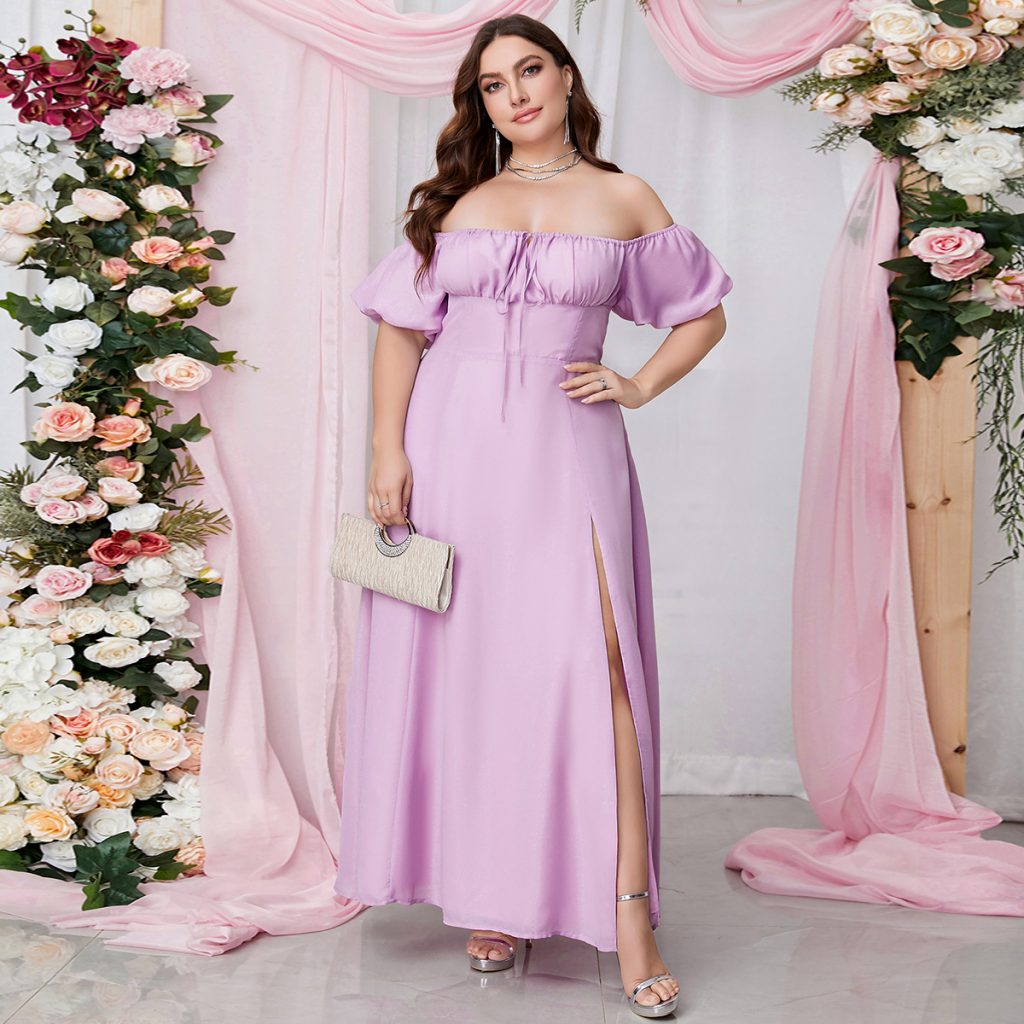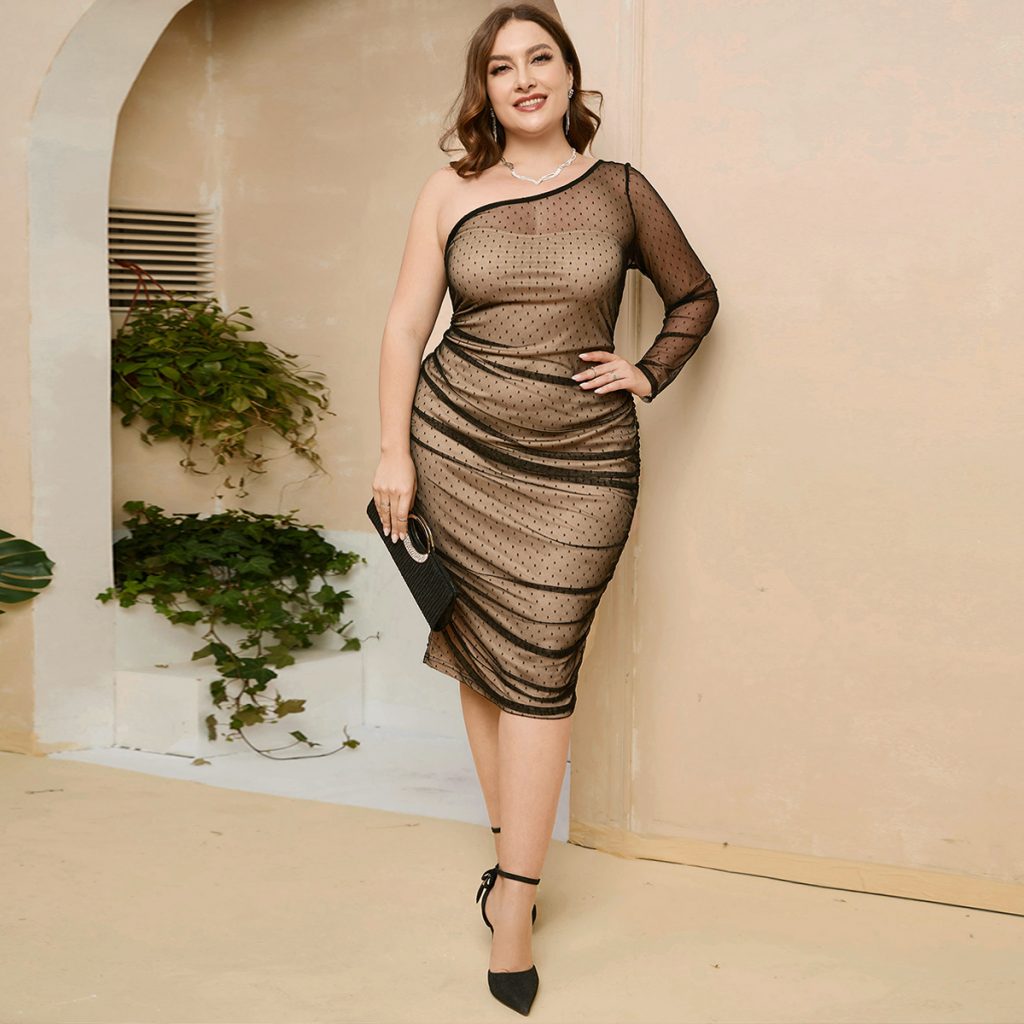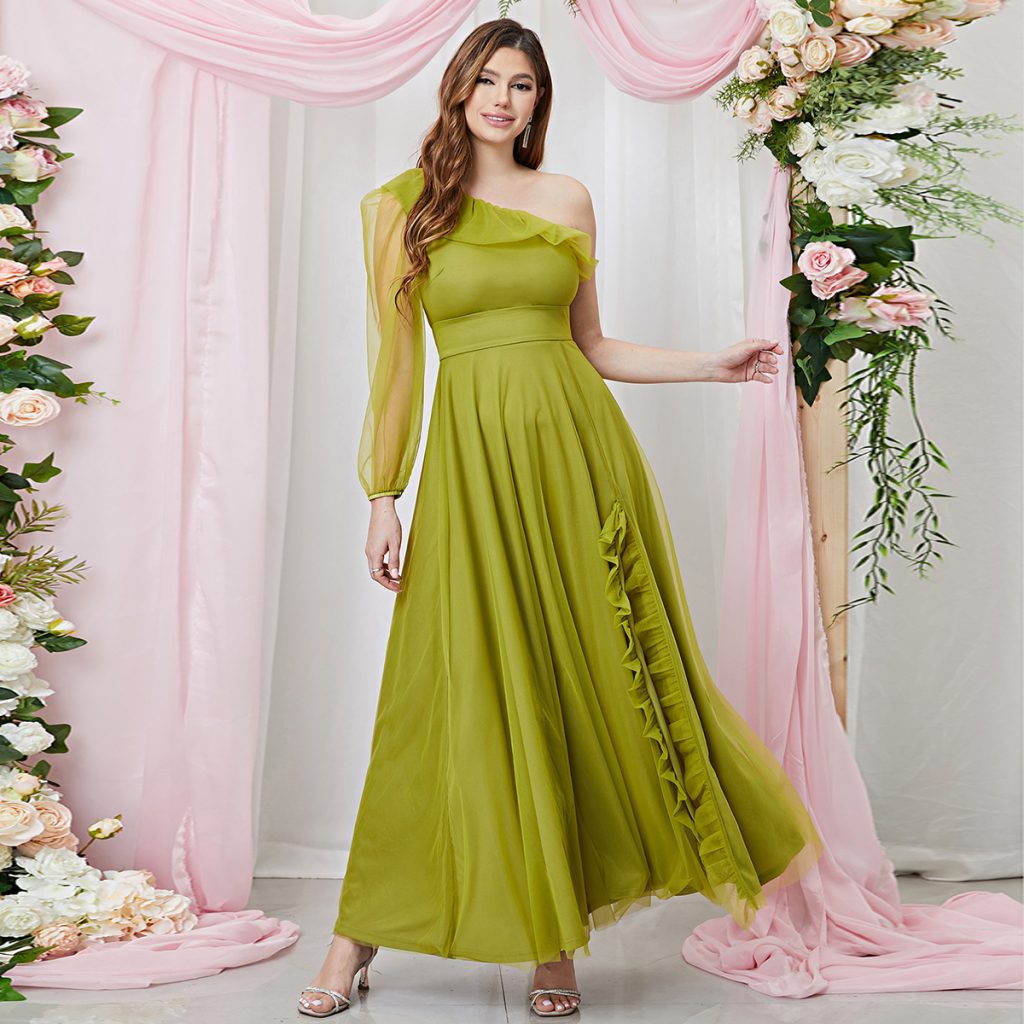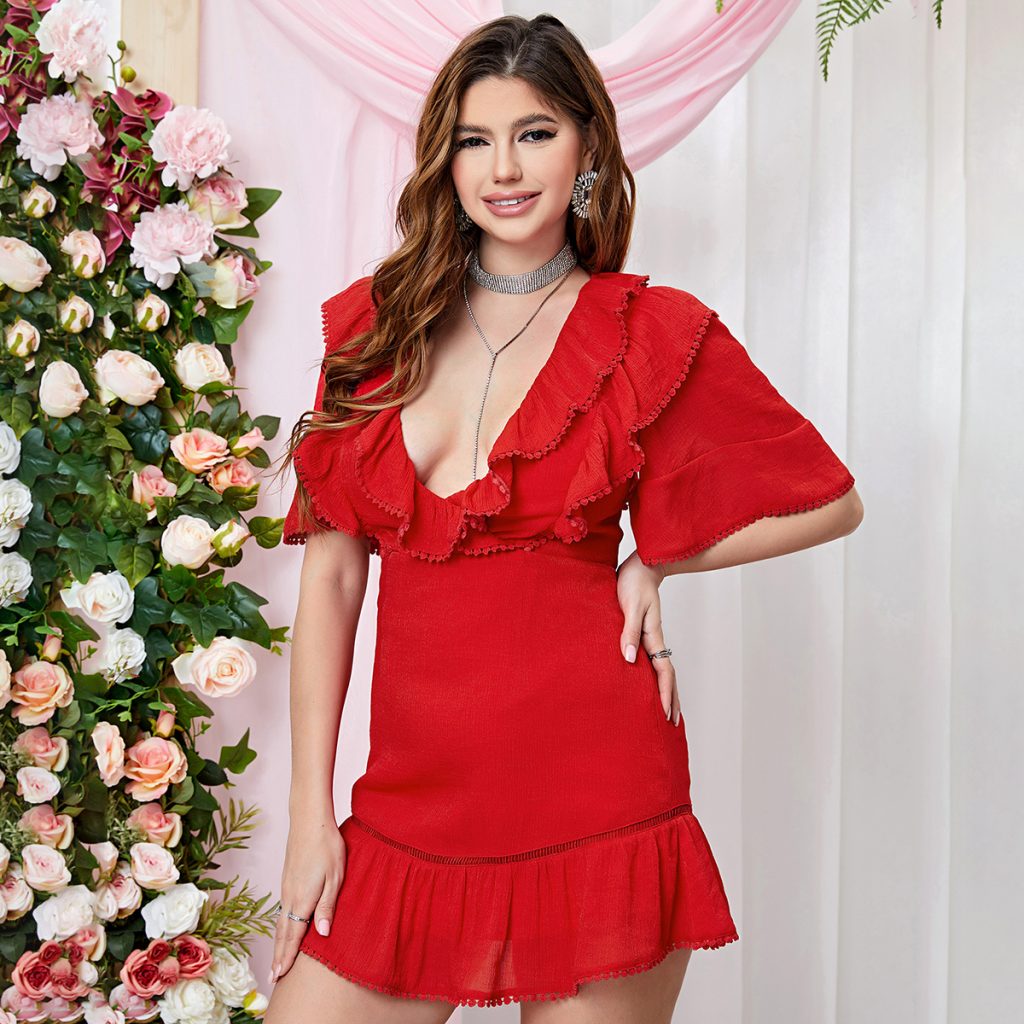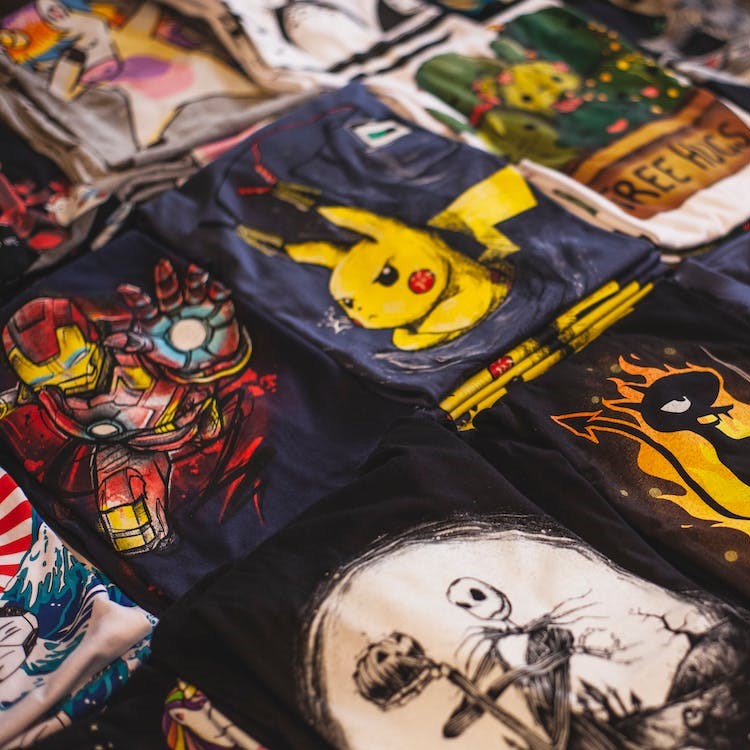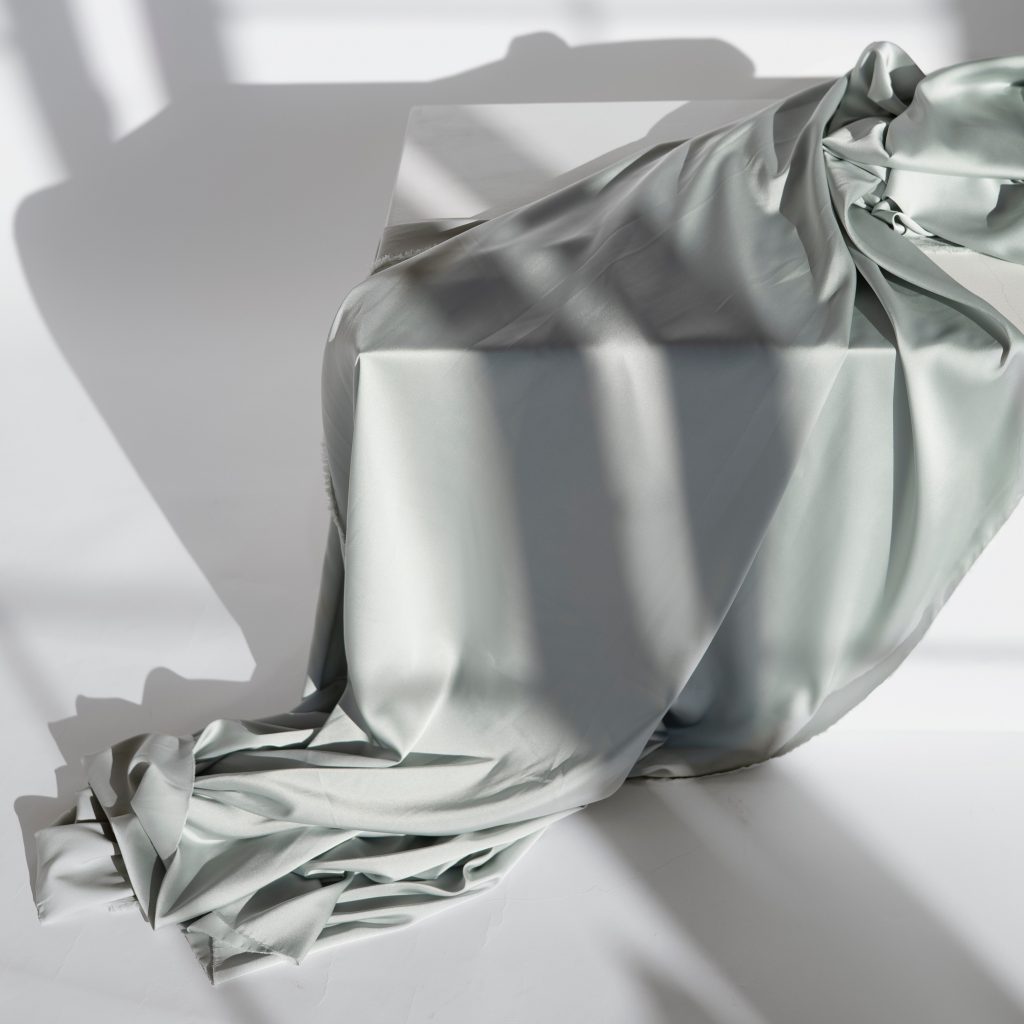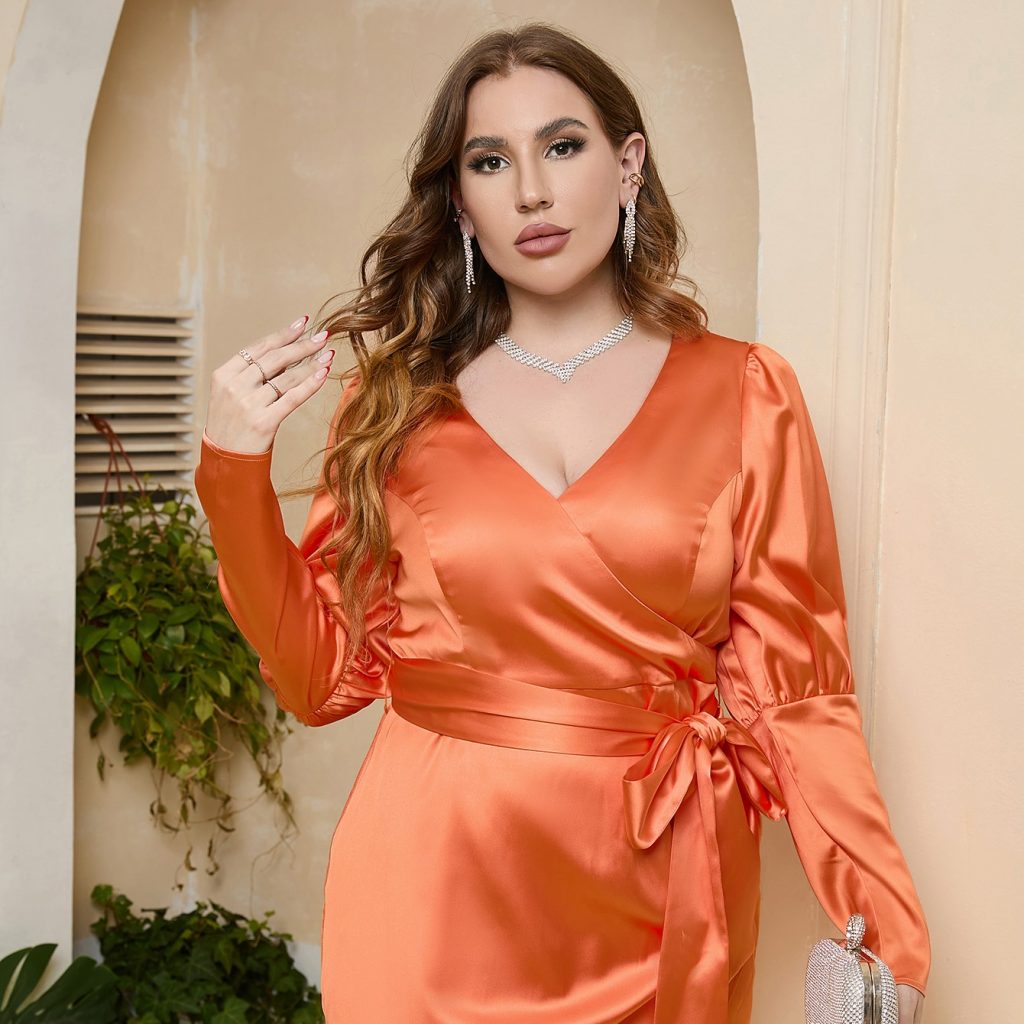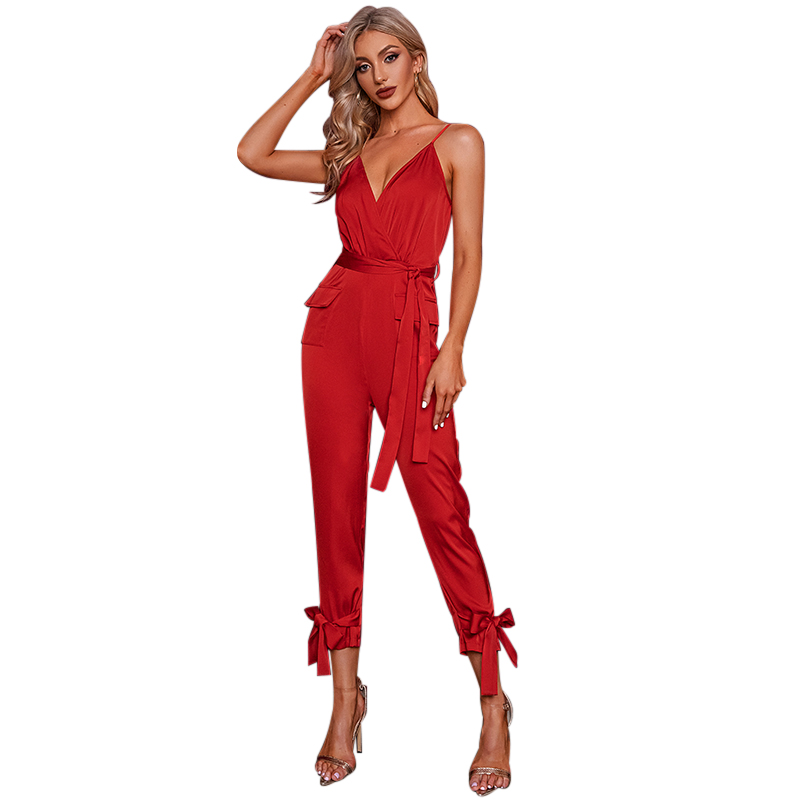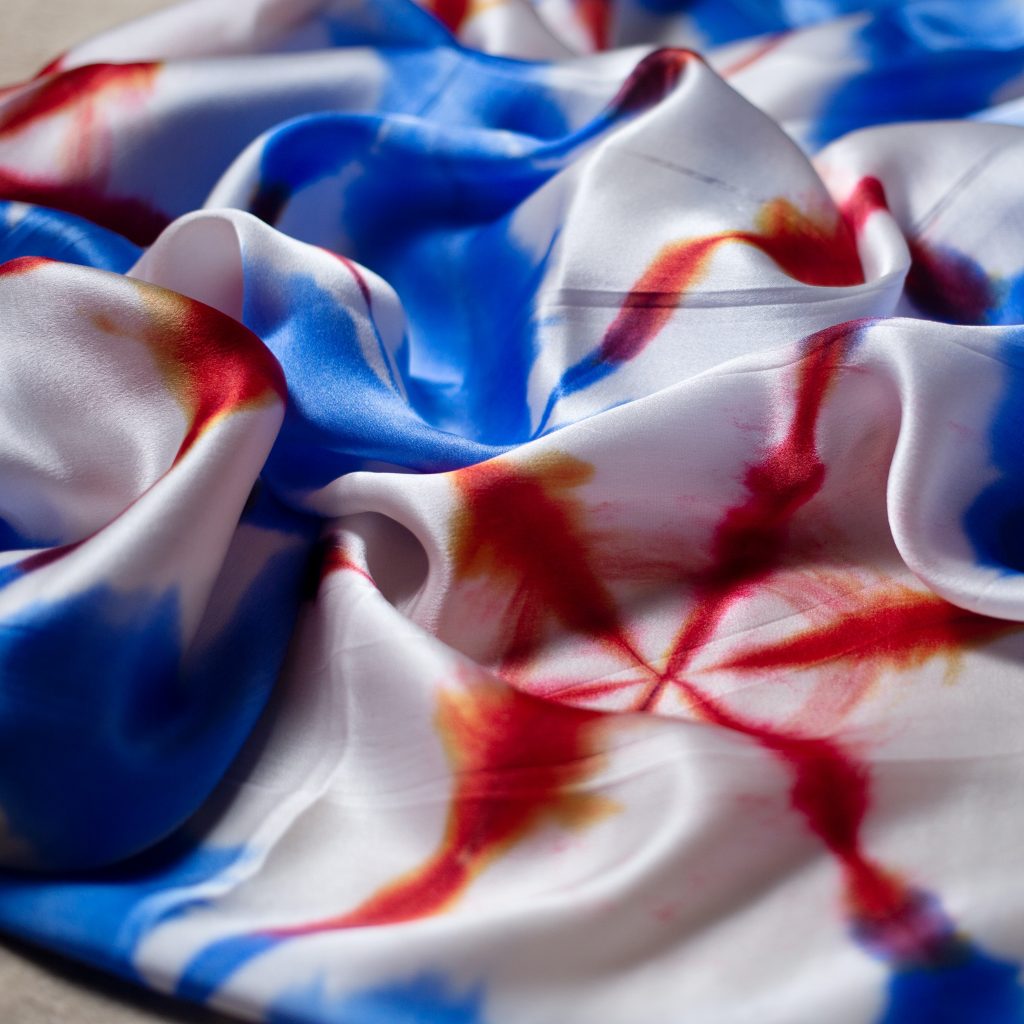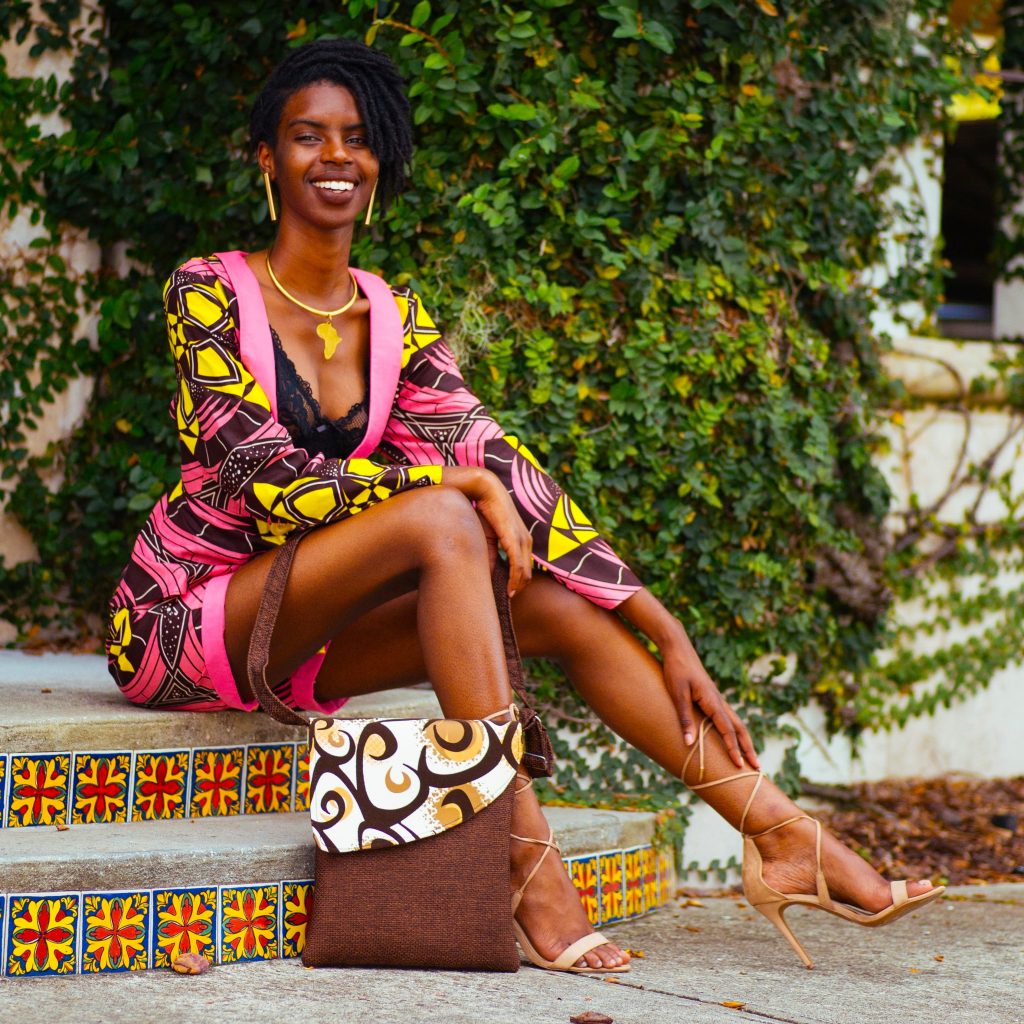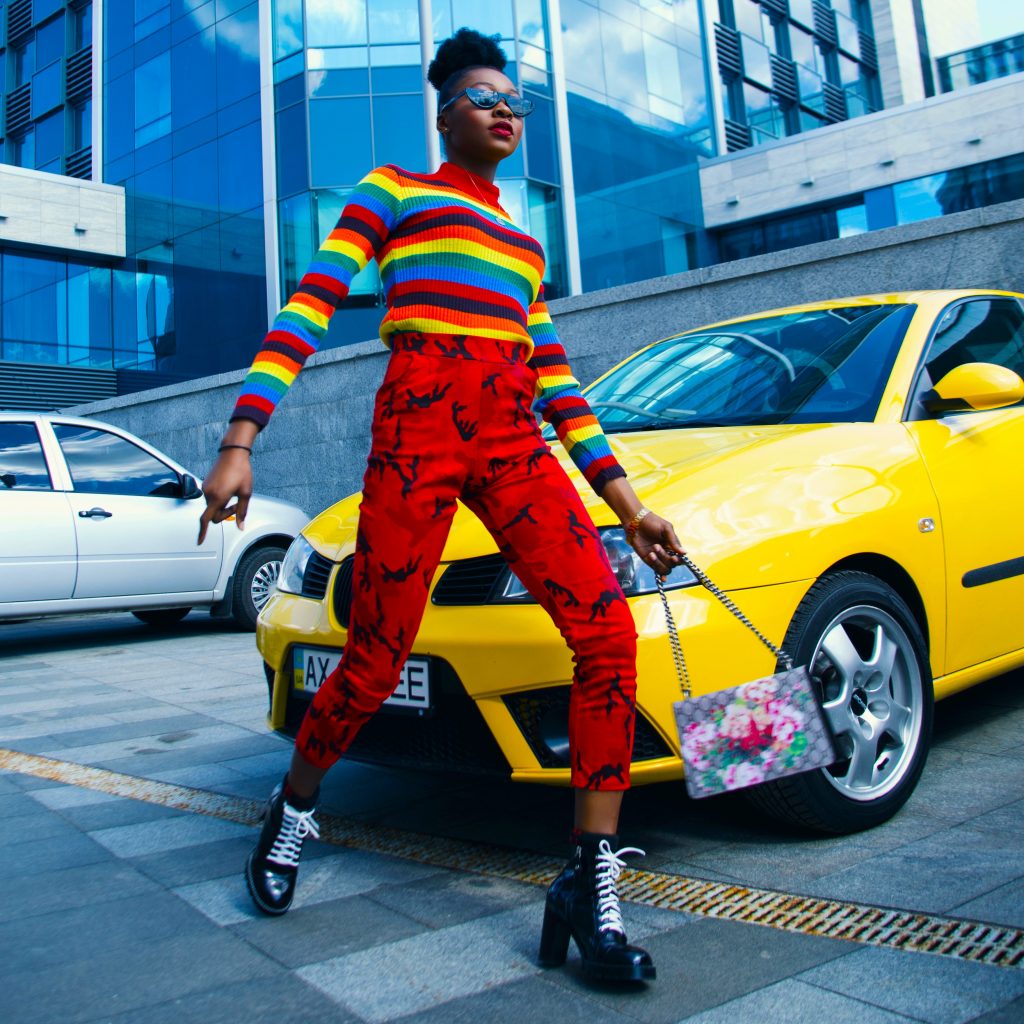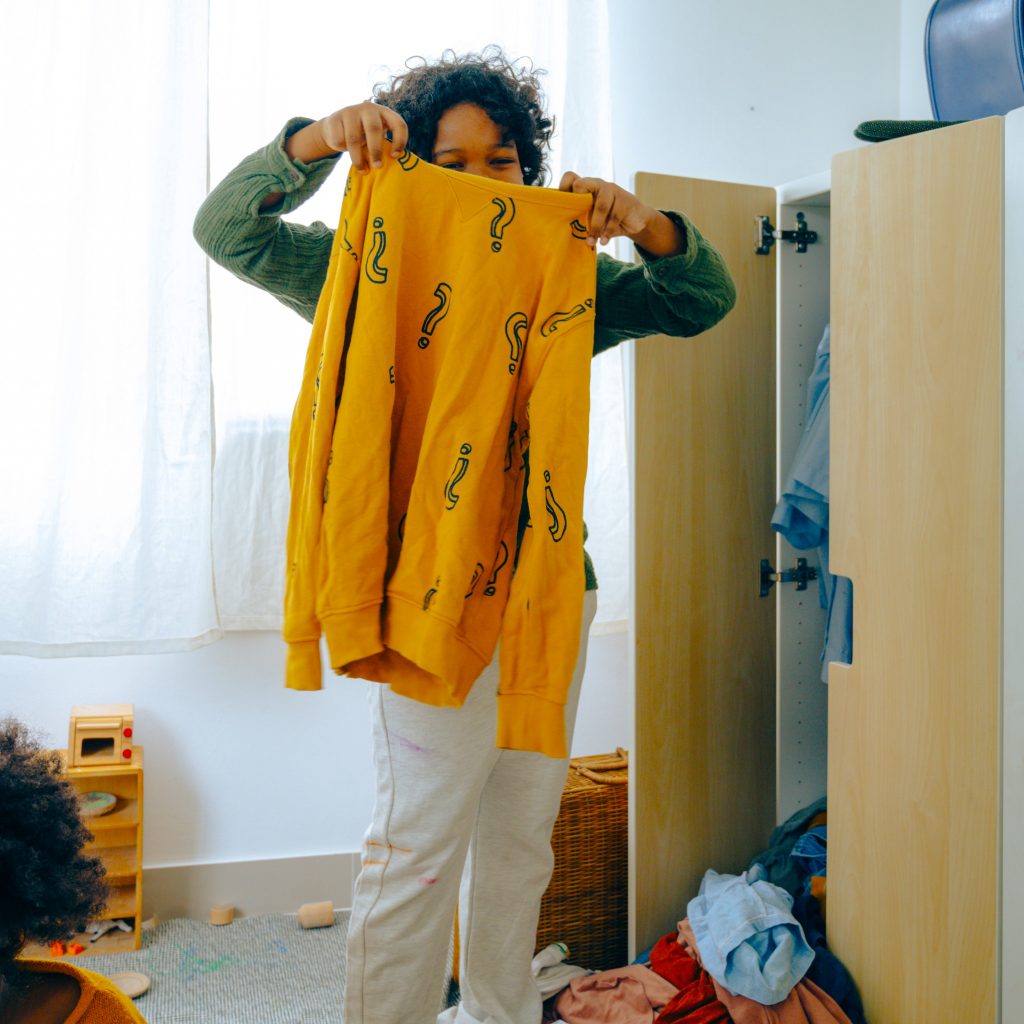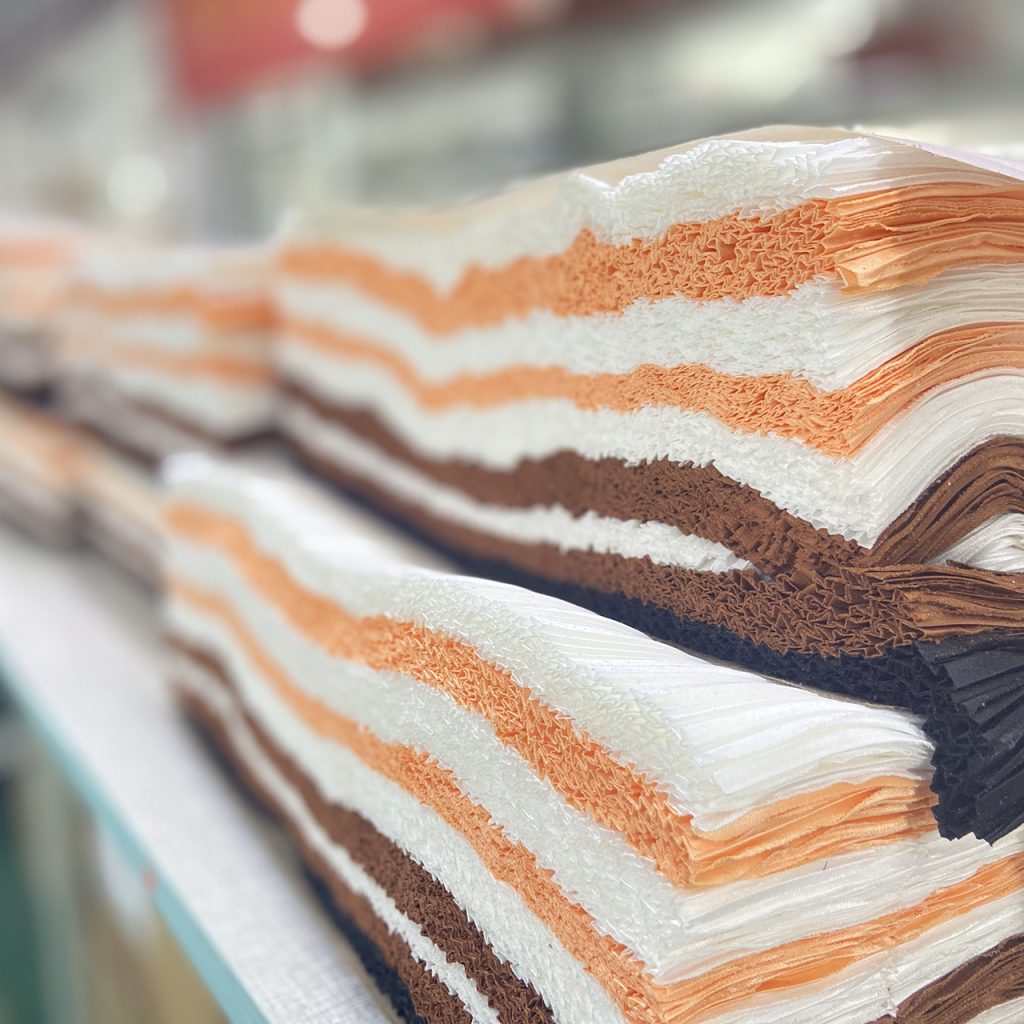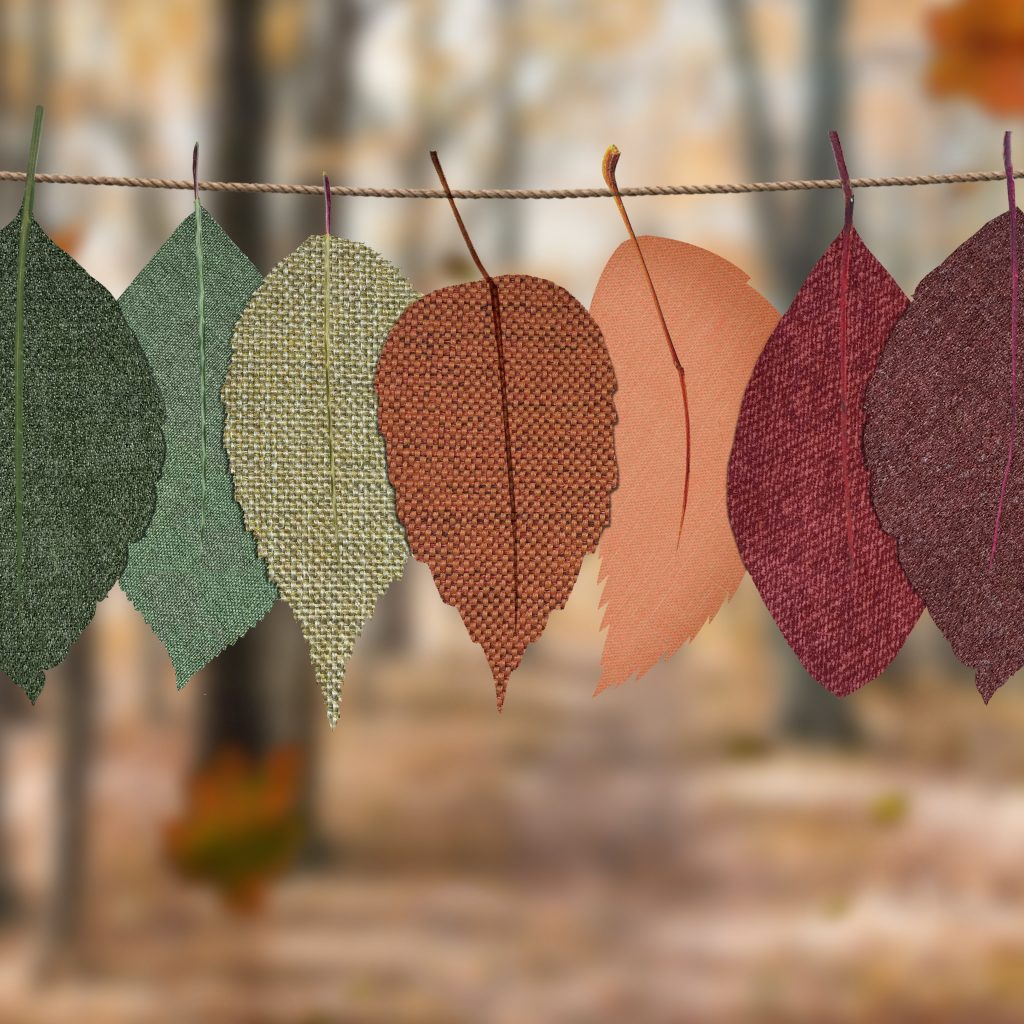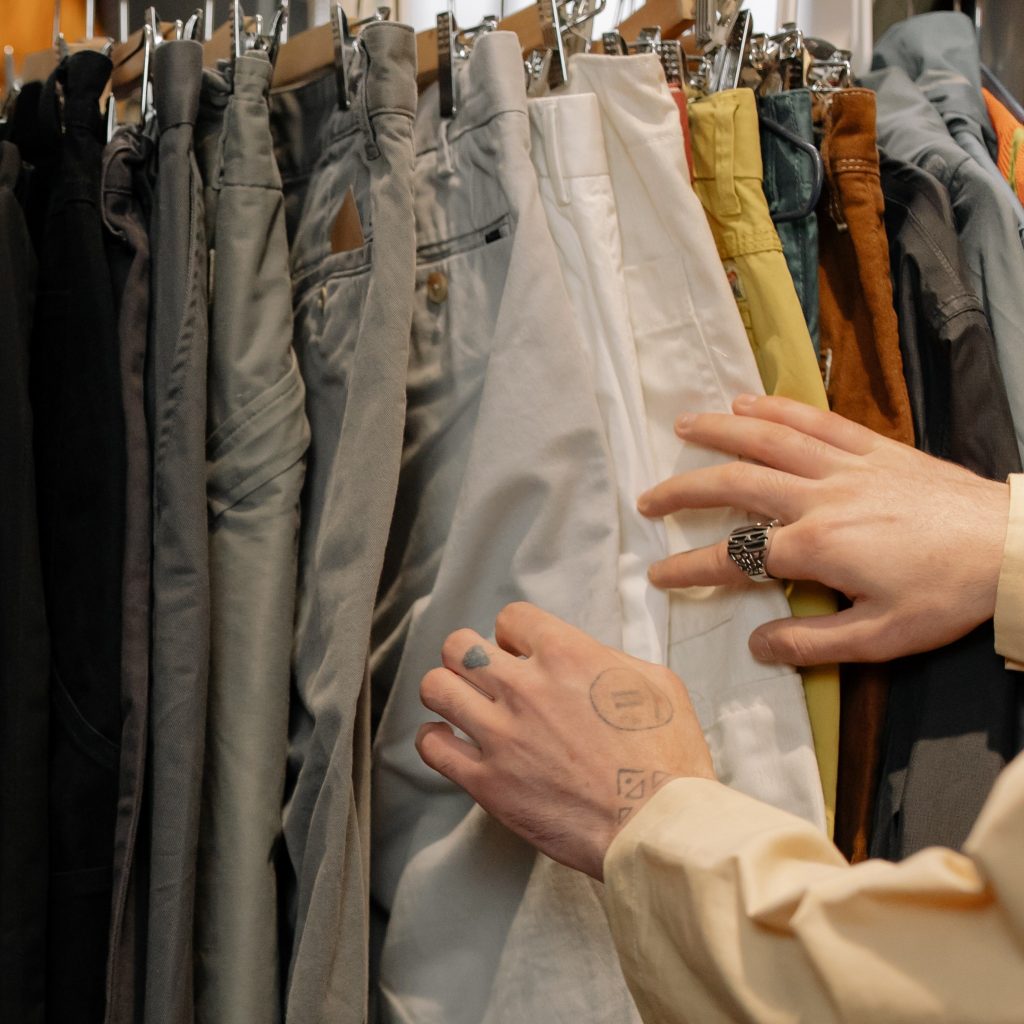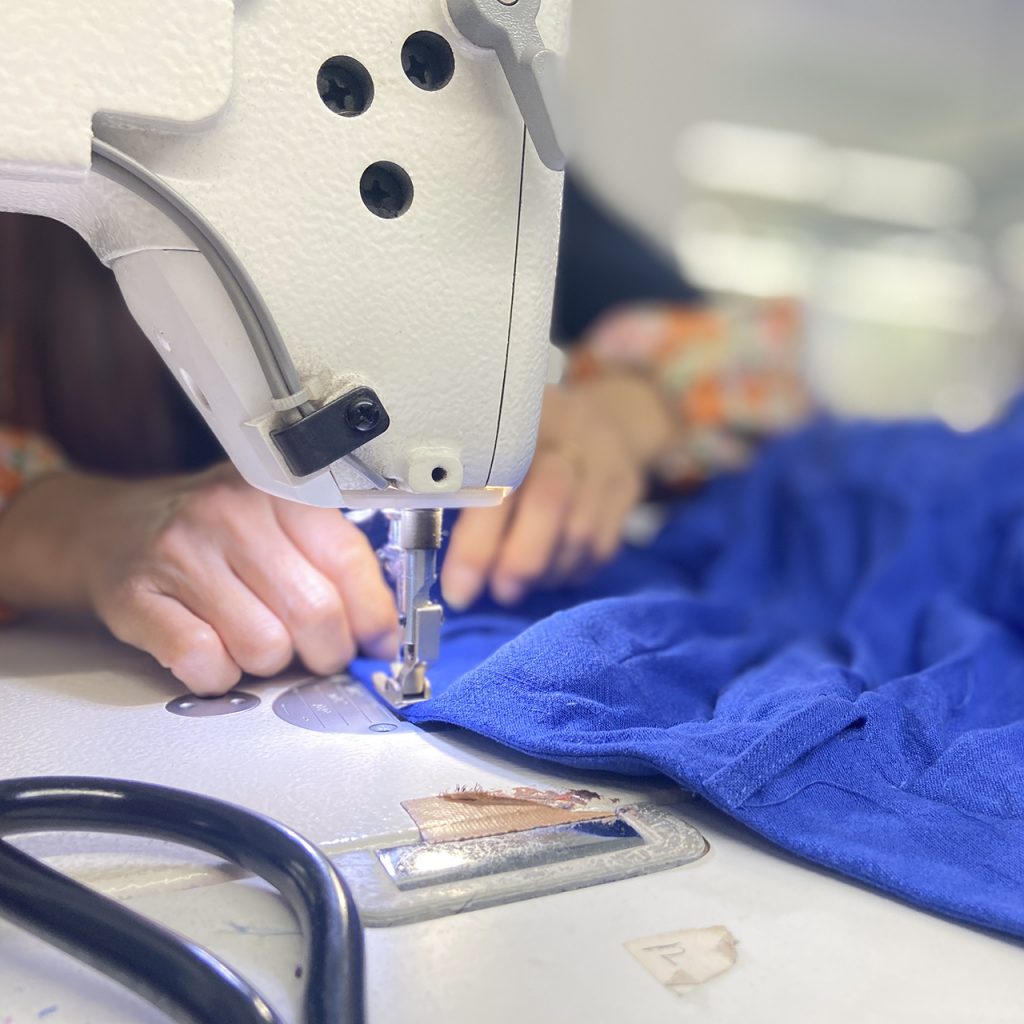Sustainable Fabric Options for Eco-friendly Fashion by Custom Apparel Makers
Photo: Pexels
blo01102022-04
As a clothing manufacturer, we understand the importance of sustainable practices in today’s fashion industry. Our commitment to providing eco-friendly options is not only about promoting greener textile production but also about offering materials that allow designers to create avant-garde fashion pieces resonating with eco-conscious buyers.
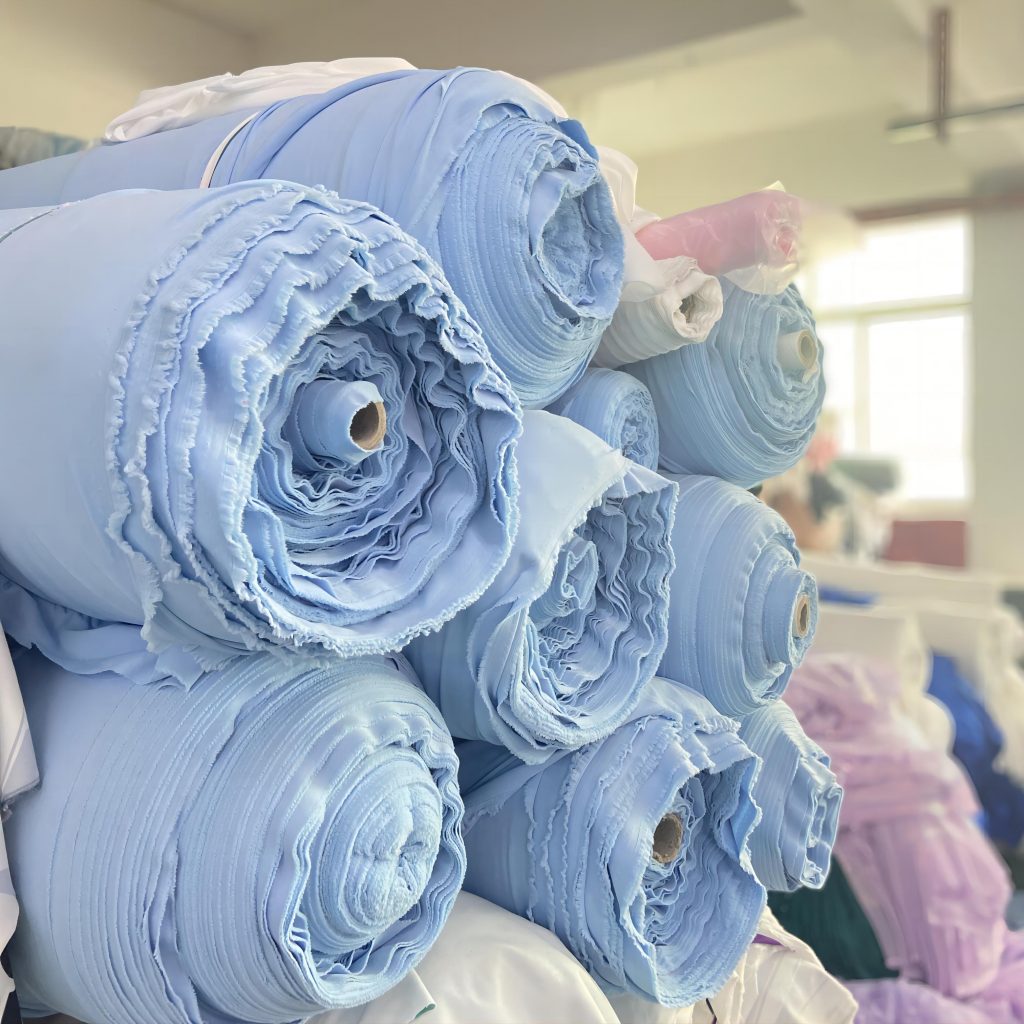
The Importance of Sustainable Fabrics
Sustainability is no longer a niche concept in fashion. Consumers are becoming more aware of the environmental impact of their clothing choices, and designers are actively seeking eco-friendly alternatives. By incorporating sustainable fabrics into our manufacturing processes, we can contribute to a greener fashion industry while meeting the demands of designers and consumers alike.
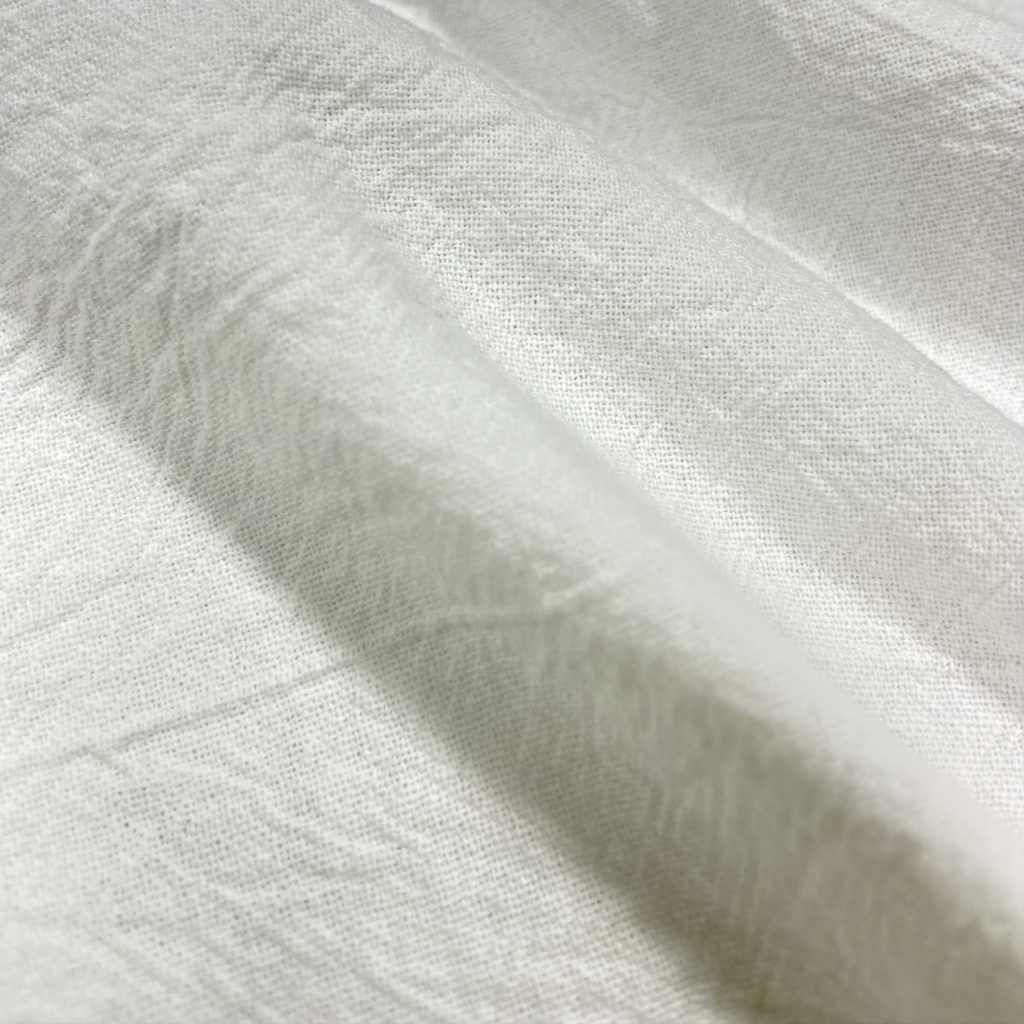
Photo: Pexels
Organic Cotton:
Organic cotton is grown without synthetic pesticides, fertilizers, or GMOs, resulting in a more sustainable and eco-friendly fabric. As a clothing manufacturer, we prioritize sourcing organic cotton for various applications, from everyday wear to high-end fashion pieces.
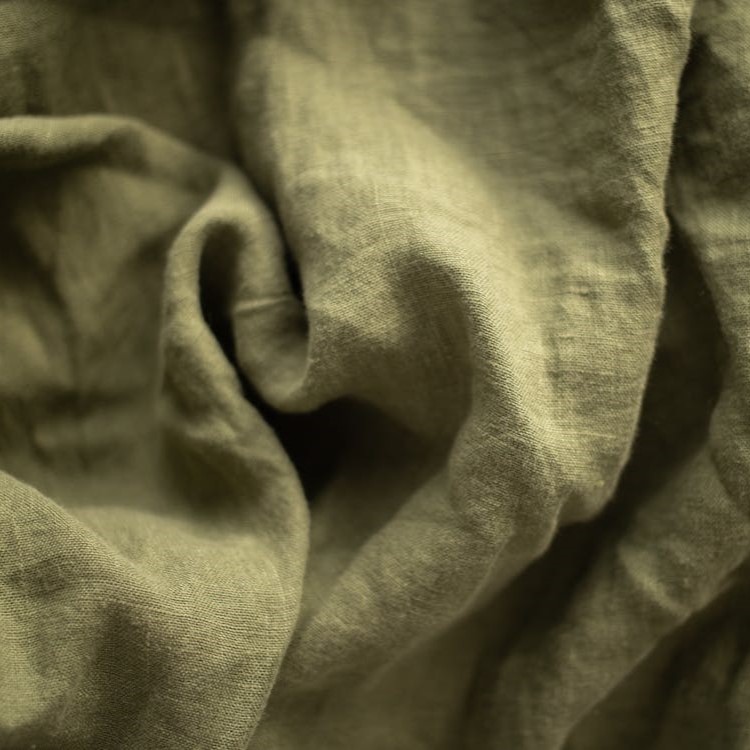
Photo: Pexels
Linen:
Linen, derived from the flax plant, is a durable, biodegradable fabric requiring less water and fewer pesticides compared to other crops. We offer linen options for designers seeking a sustainable and versatile fabric with a natural, earthy aesthetic.
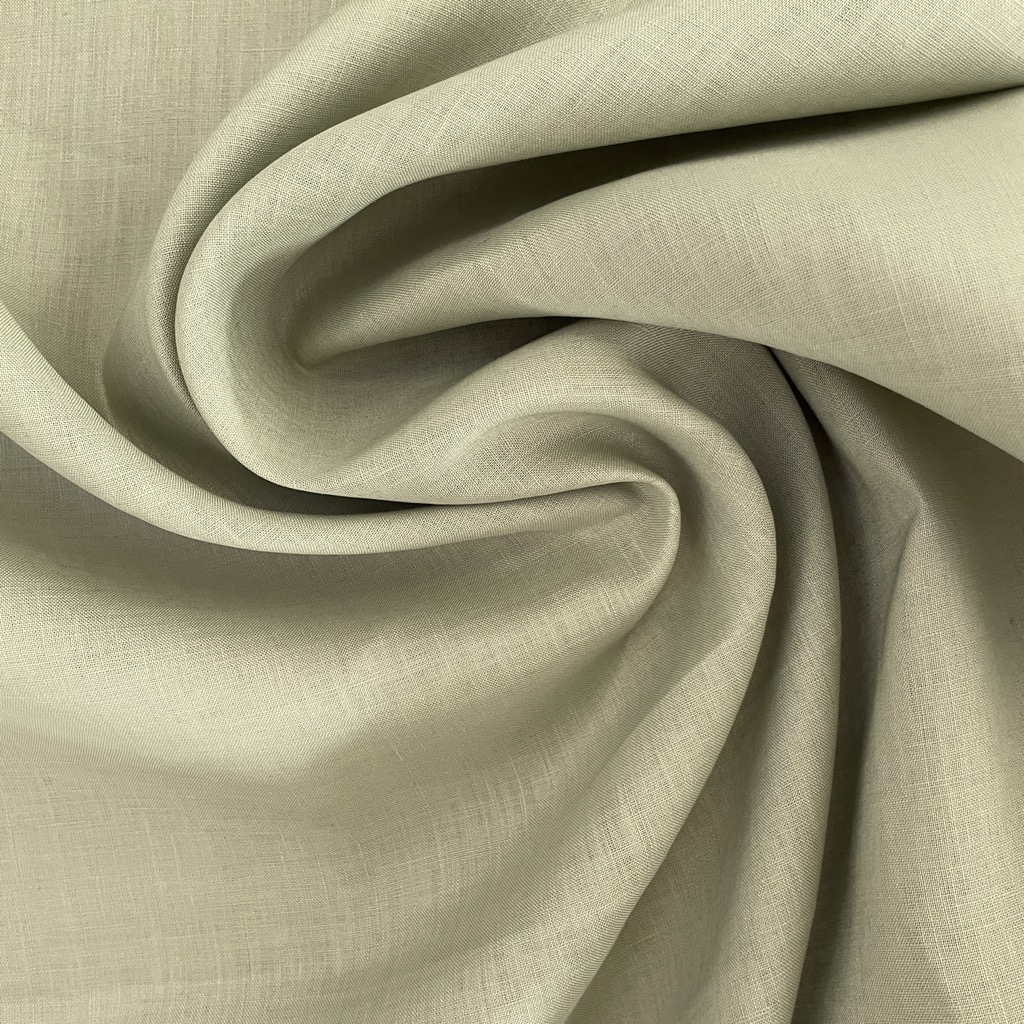
Photo: Pexels
Hemp:
Hemp is an eco-friendly fabric choice that requires minimal water, grows rapidly, and does not need pesticides. Its durability, breathability, and biodegradability make it suitable for a variety of fashion applications, from casual wear to high-end designs.
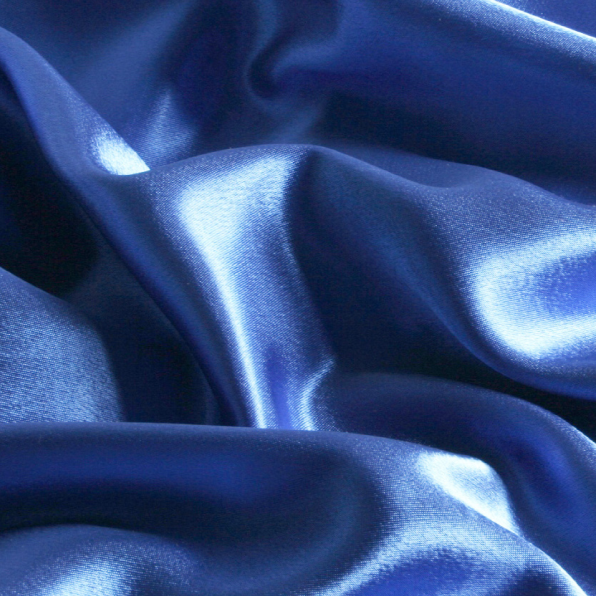
Photo: Pexels
Tencel (Lyocell):
Tencel, a type of rayon made from sustainably sourced wood pulp, is produced using a closed-loop system that recycles water and chemicals. Its softness, strength, and biodegradability make it a popular choice for eco-conscious designers seeking a sustainable alternative to traditional rayon.
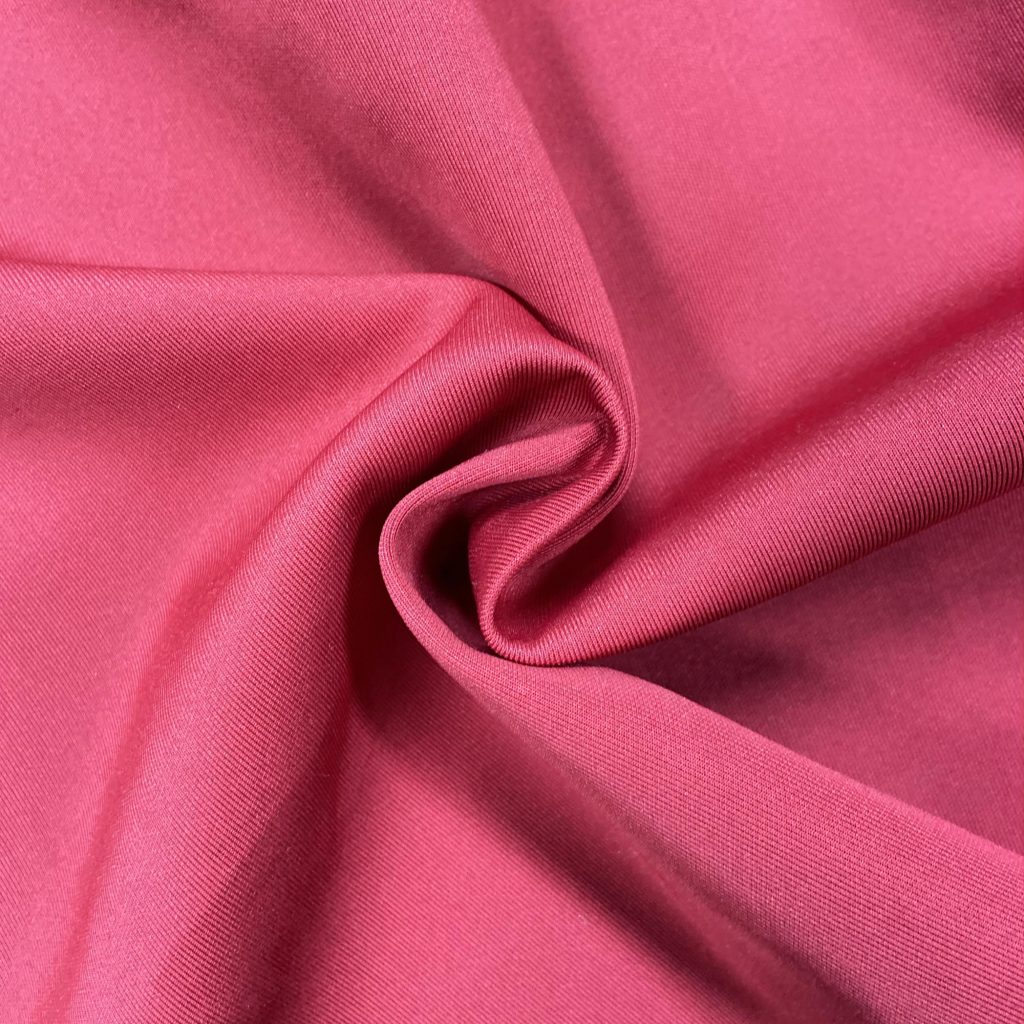
Photo: Pexels
Recycled Polyester:
Recycled polyester, made from used plastic bottles and other PET materials, reduces the need for new petroleum-based resources. As a clothing manufacturer, we embrace this durable and versatile fabric for various applications, including sportswear and outerwear.






